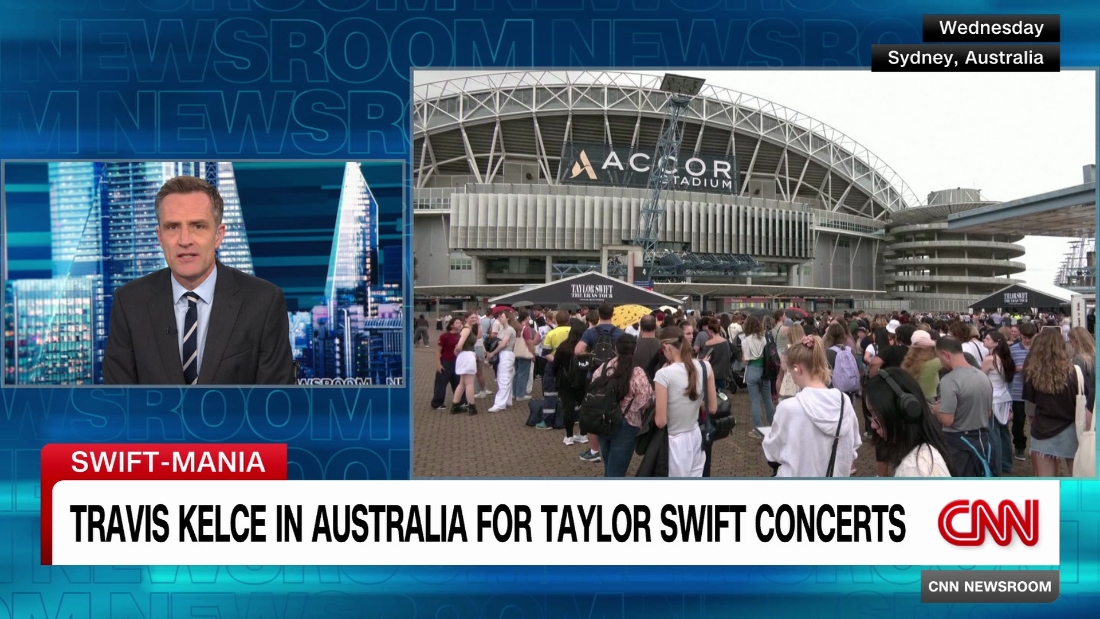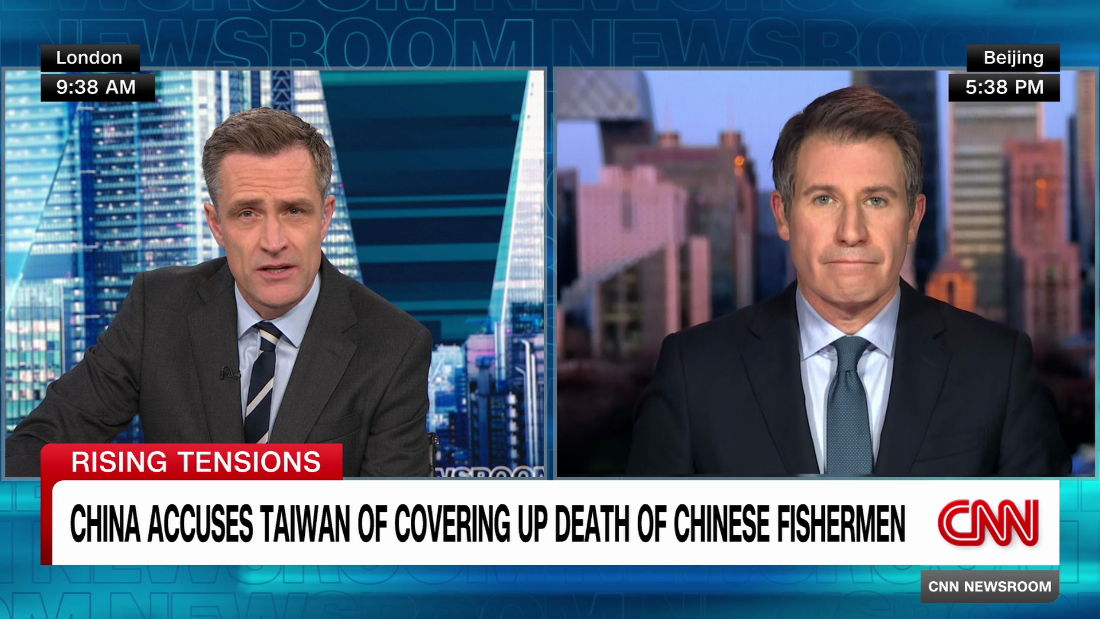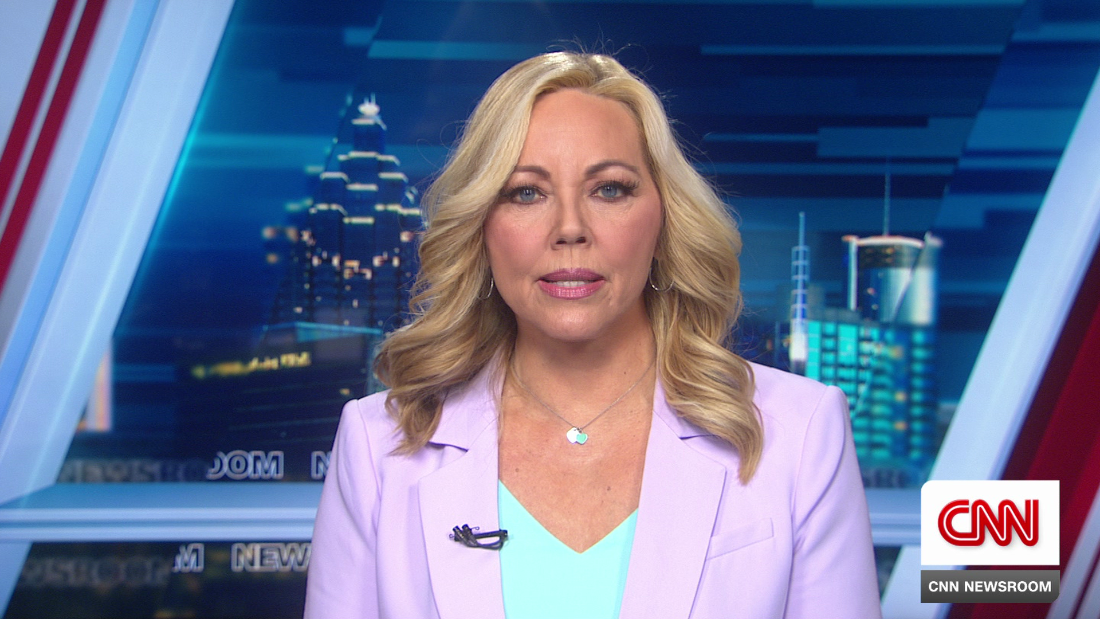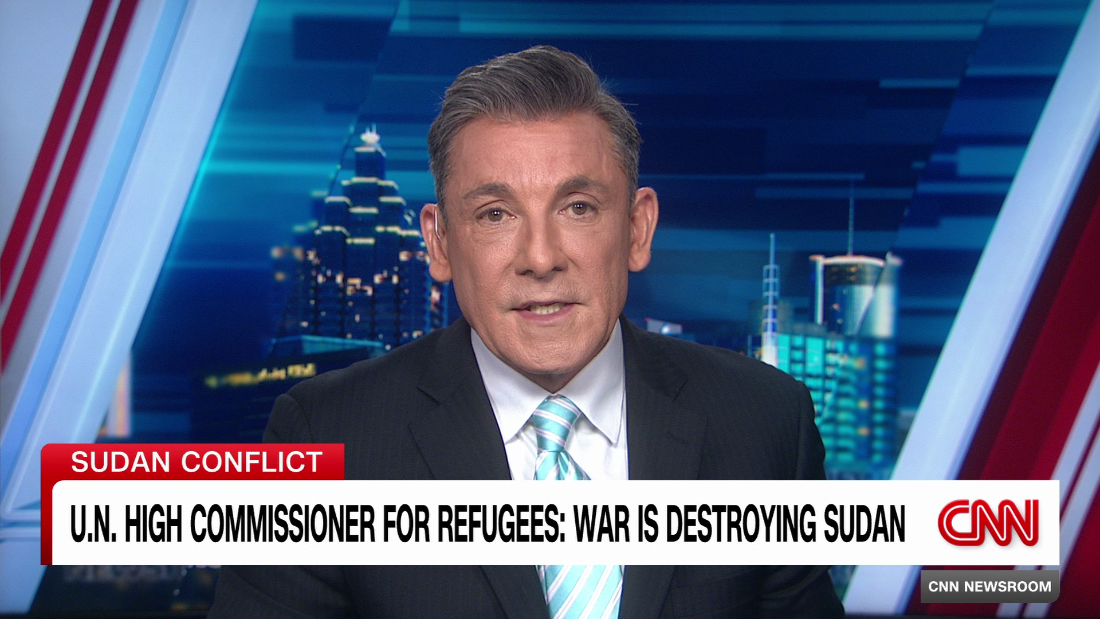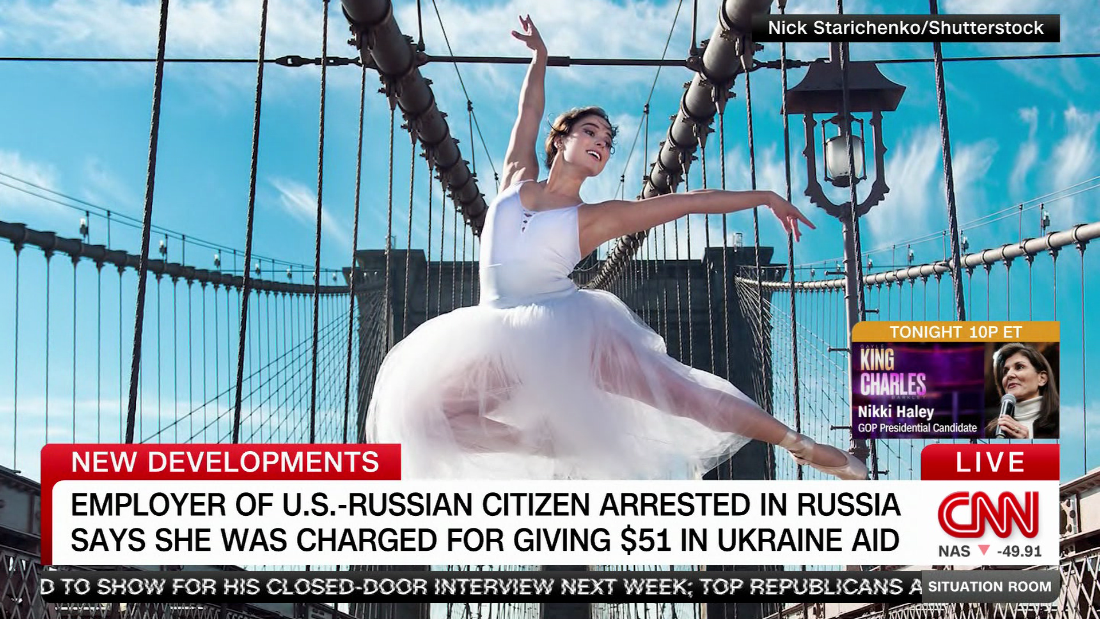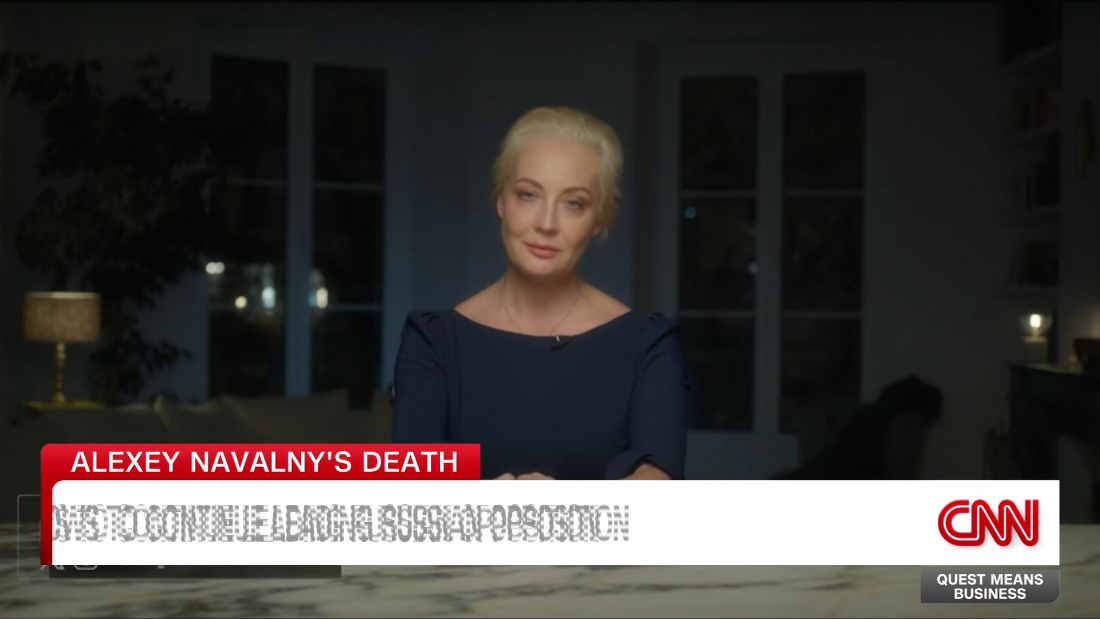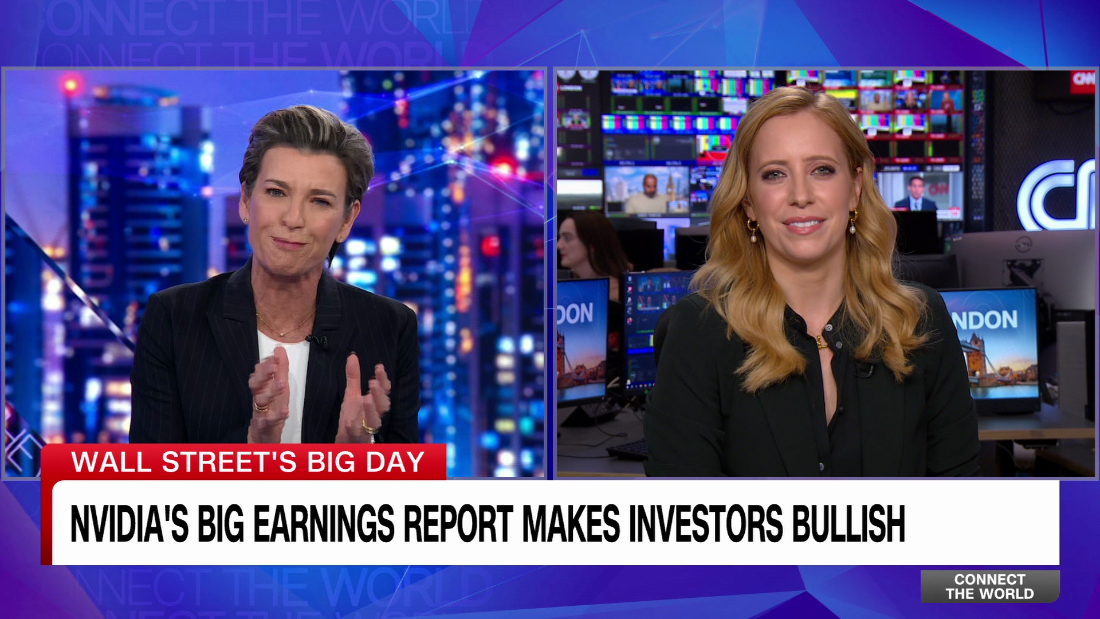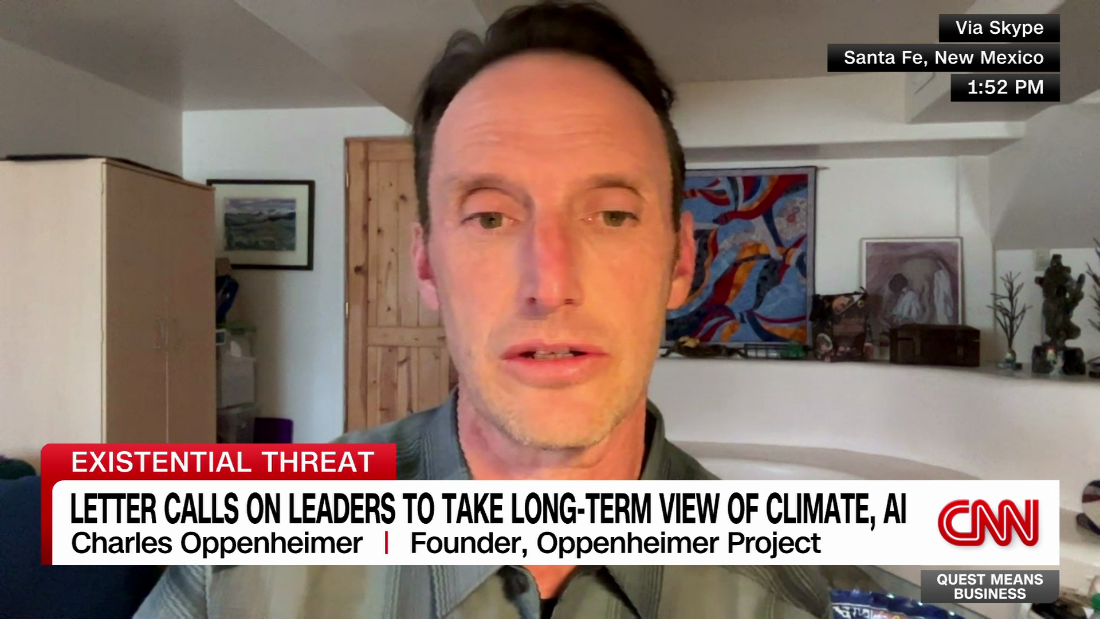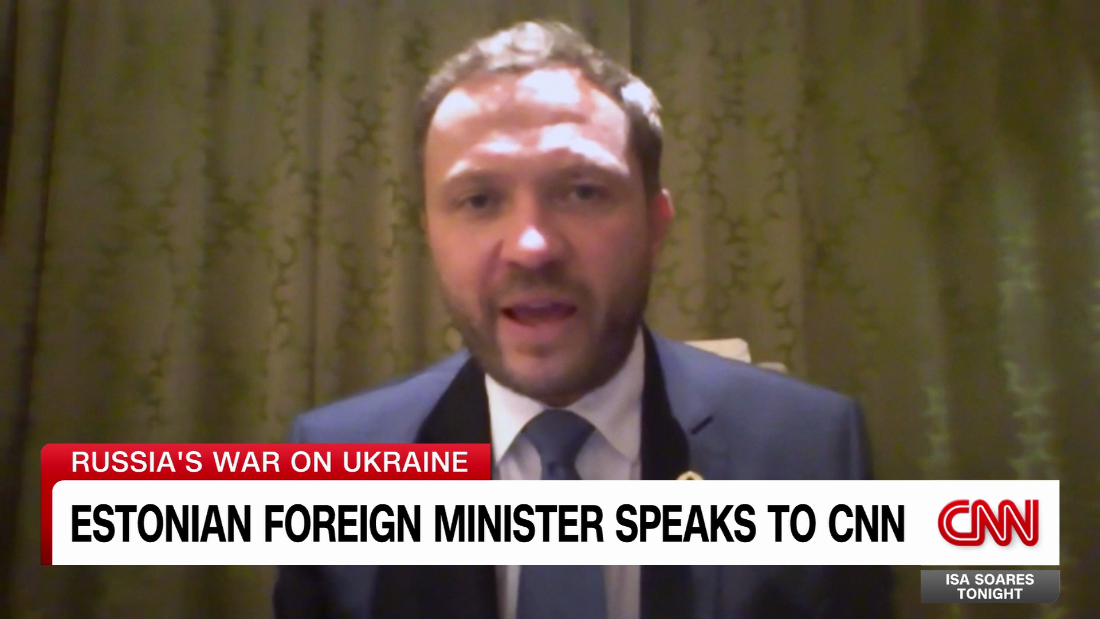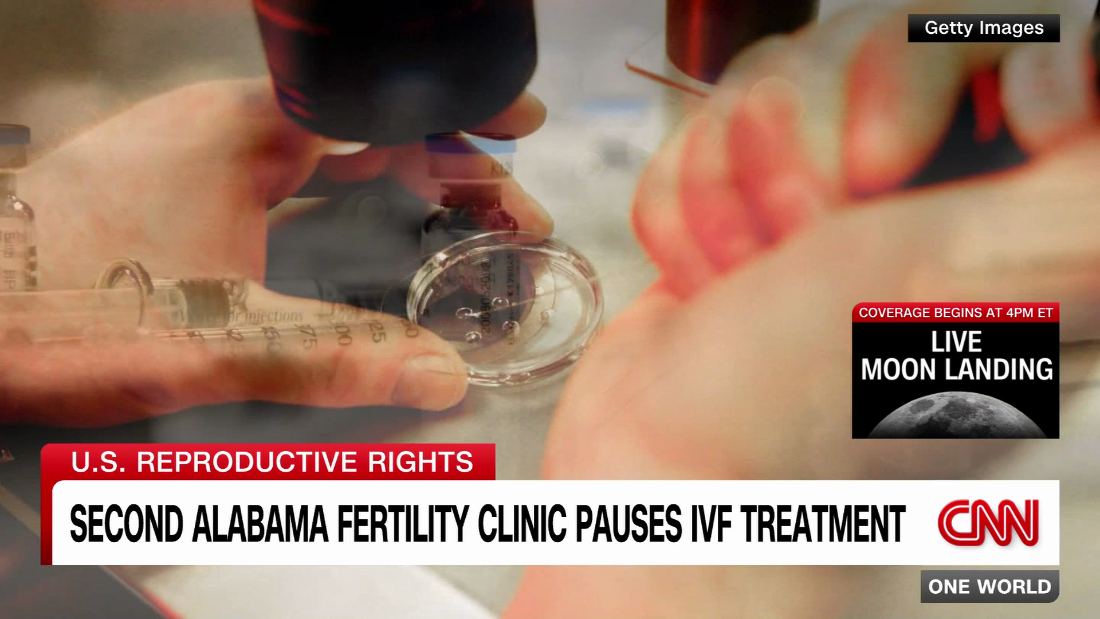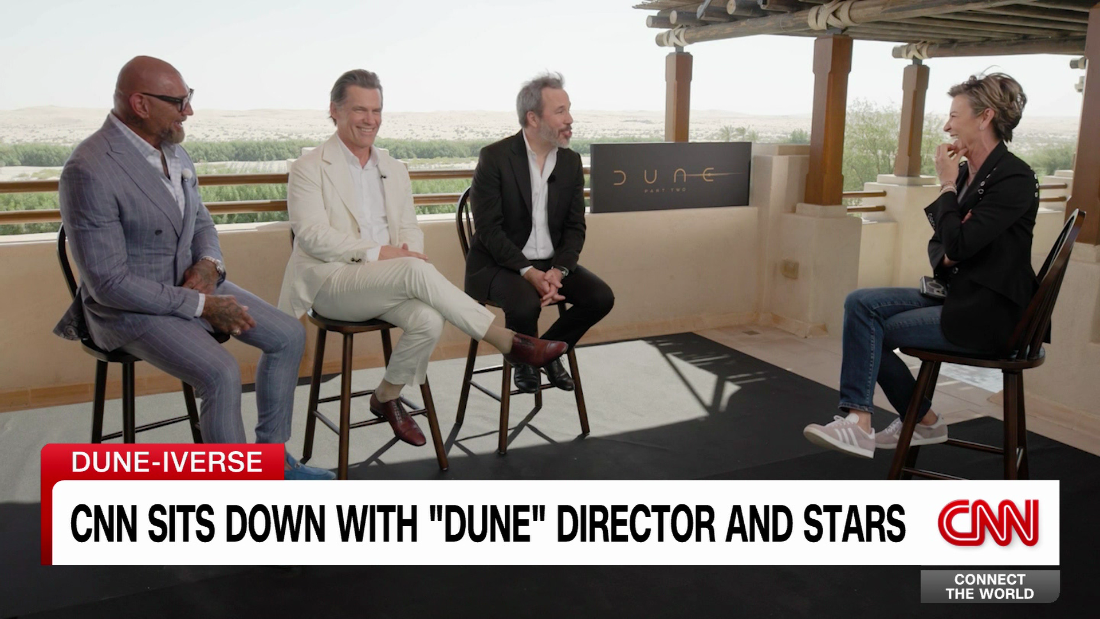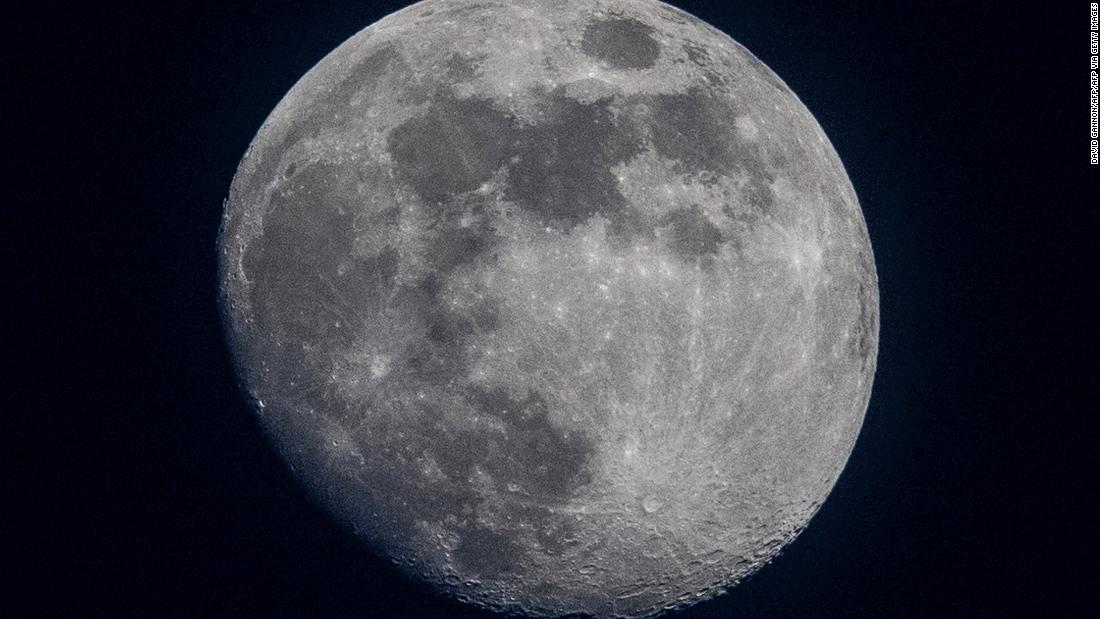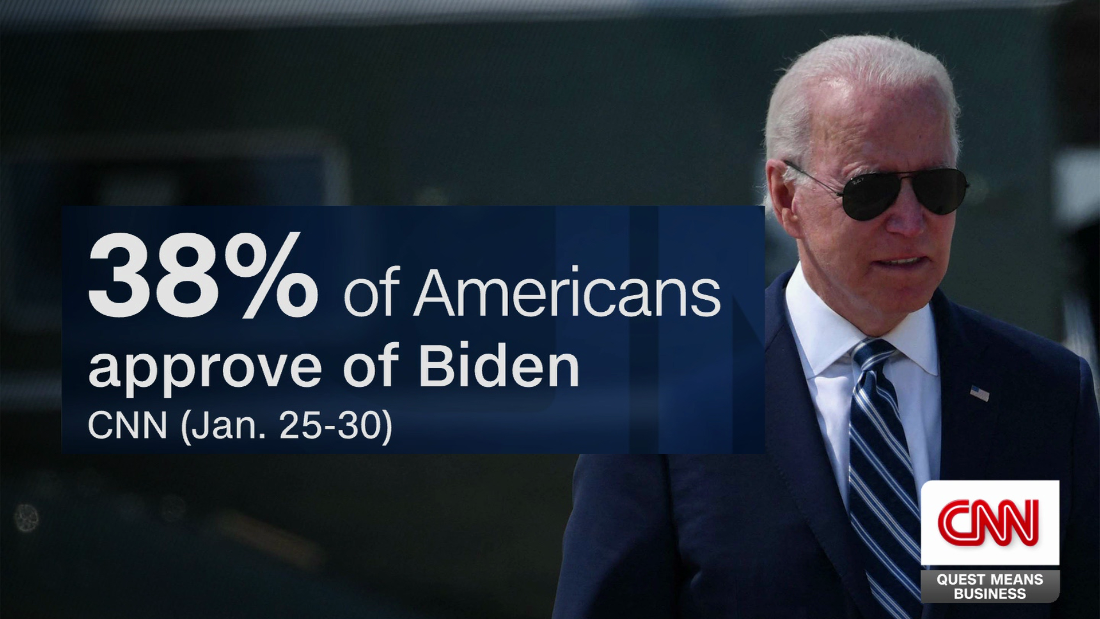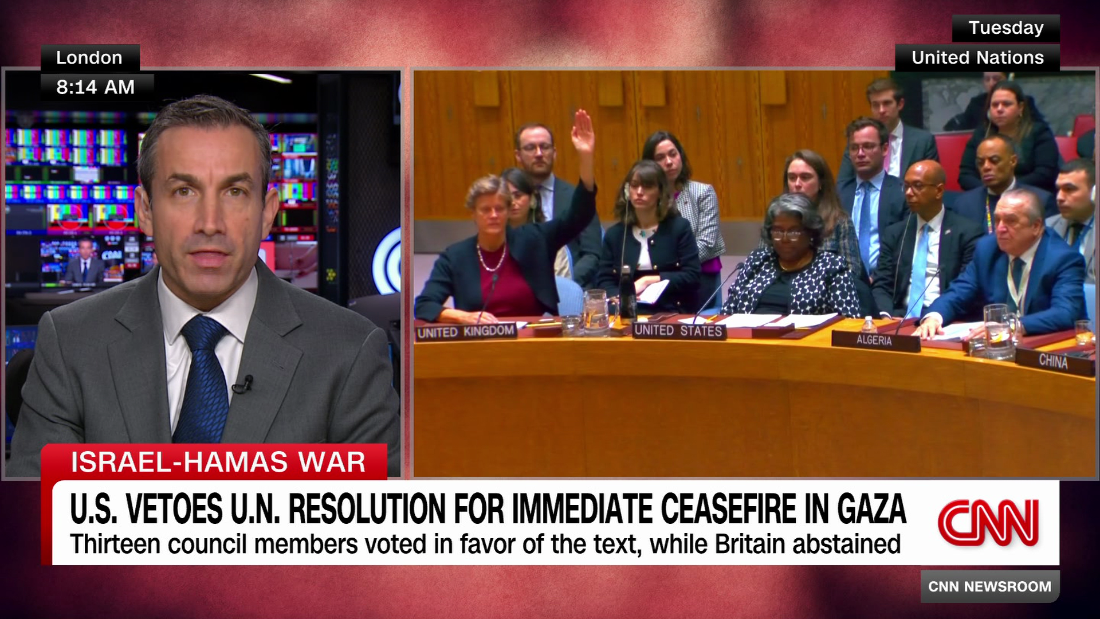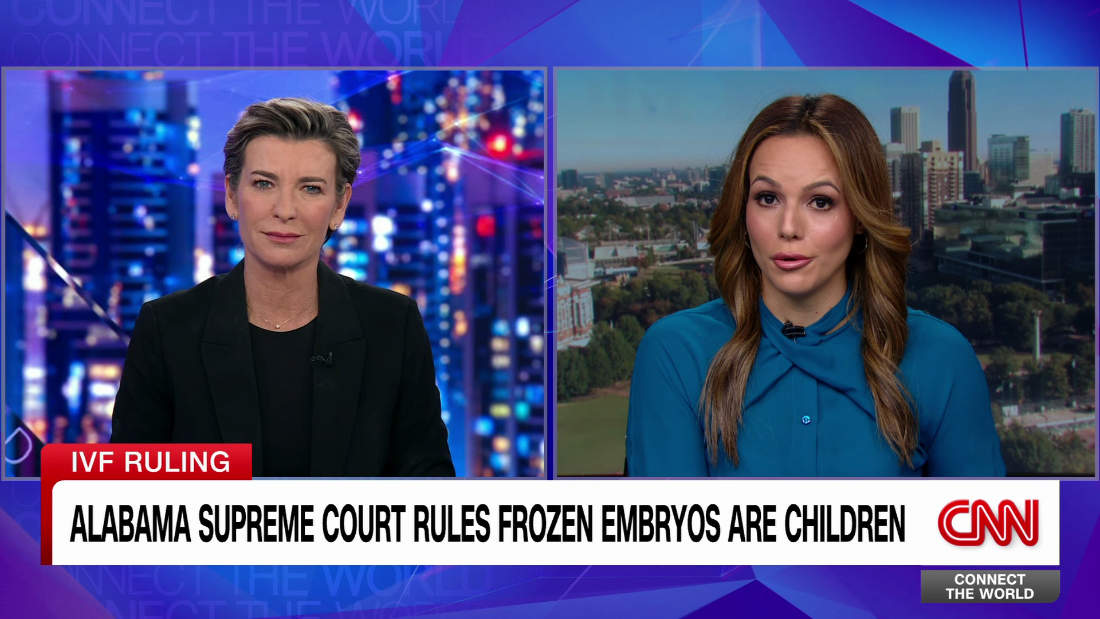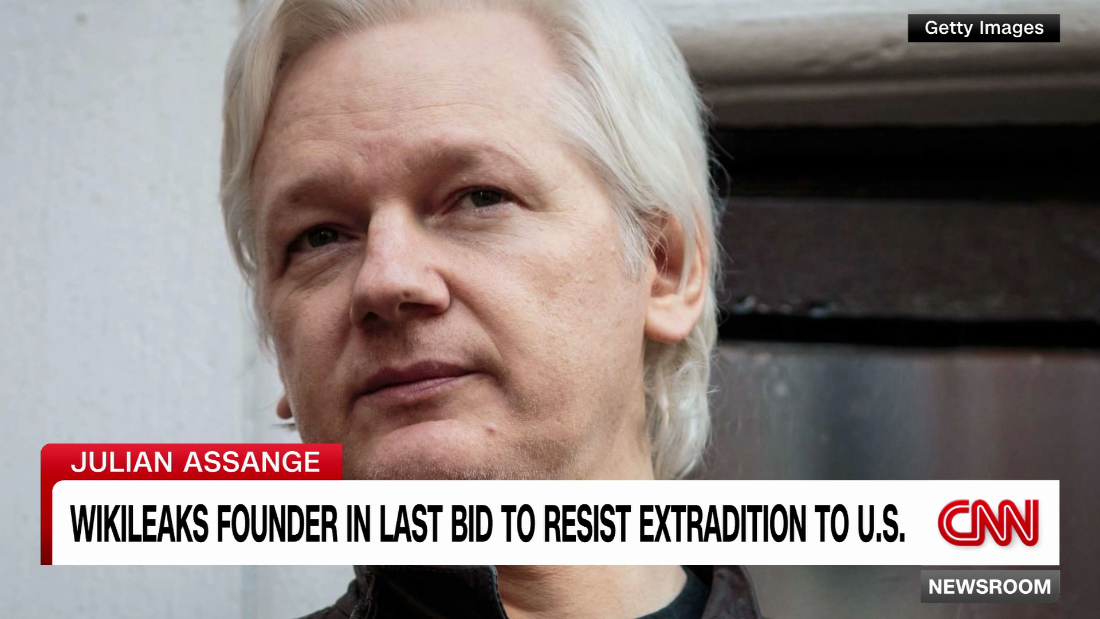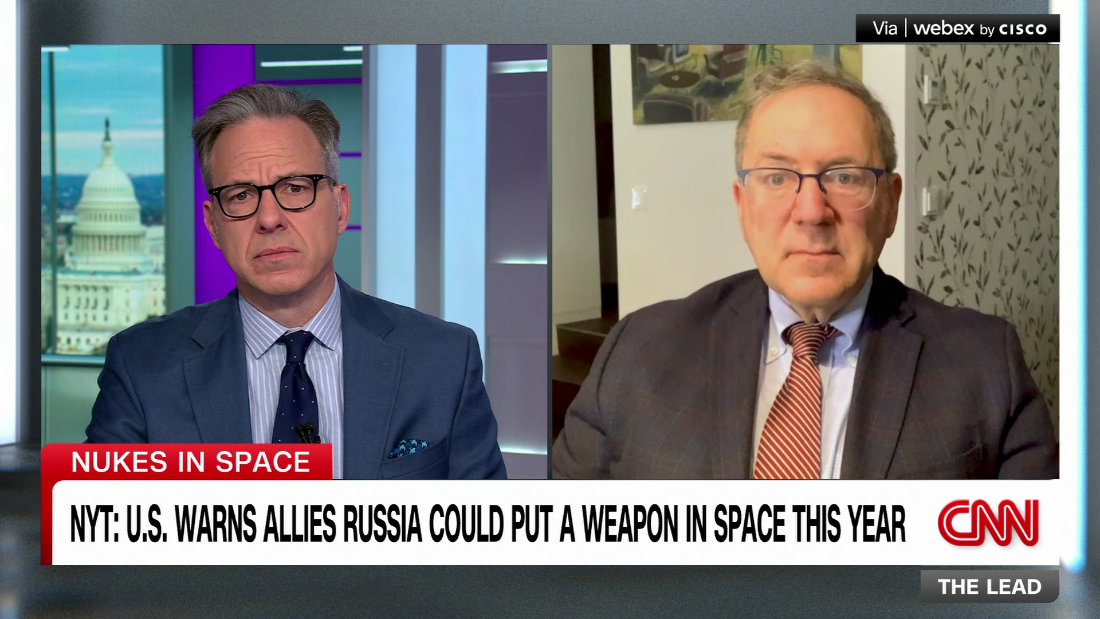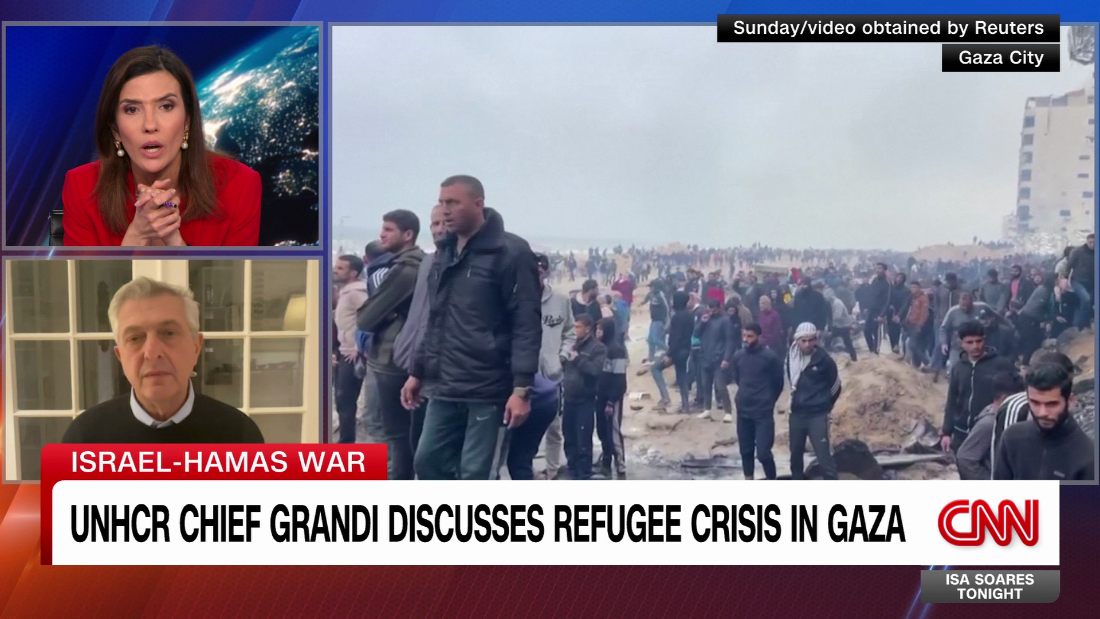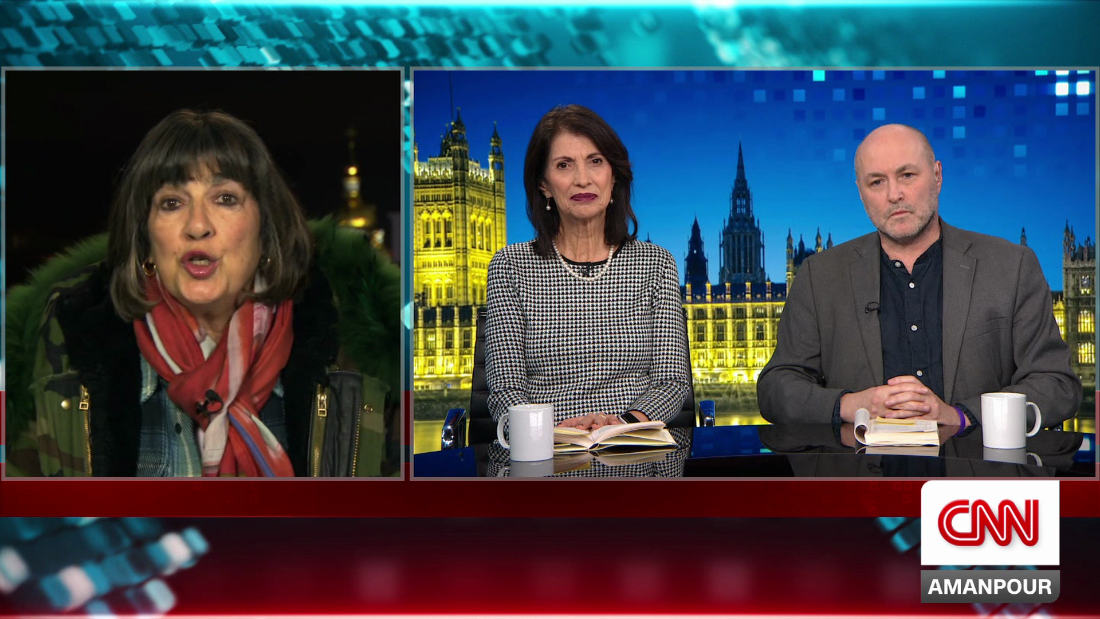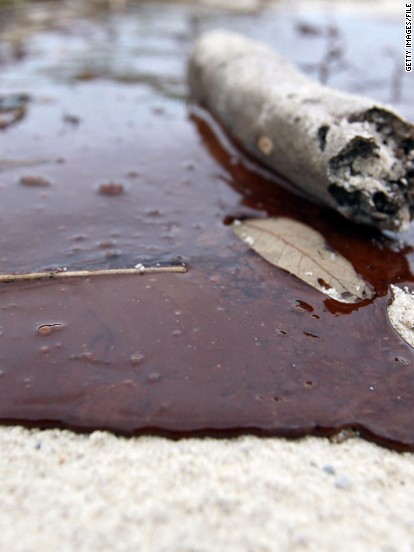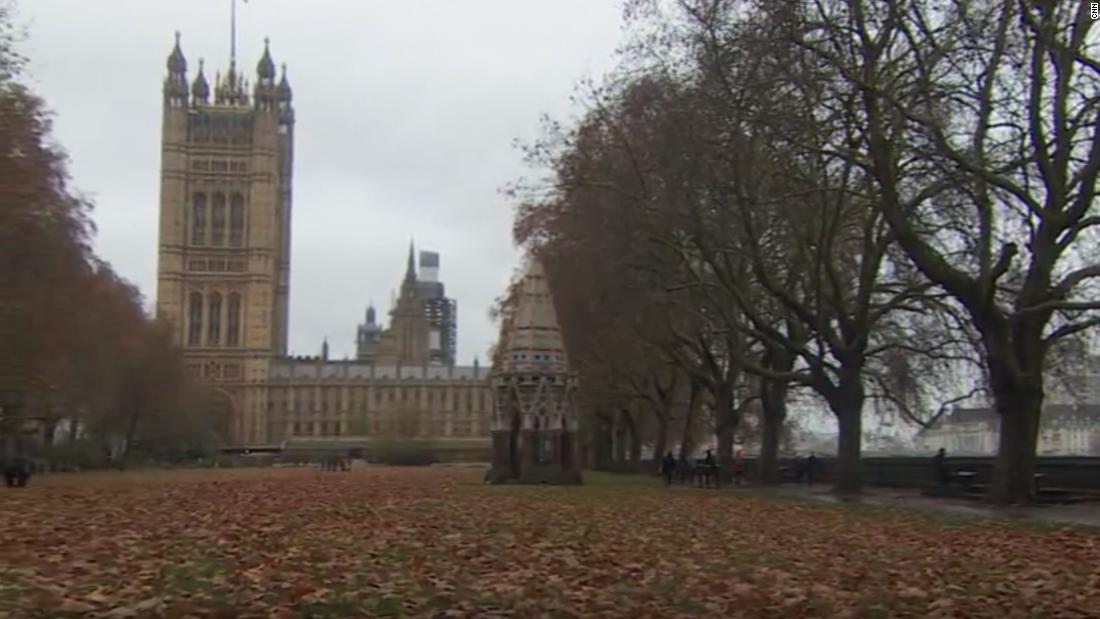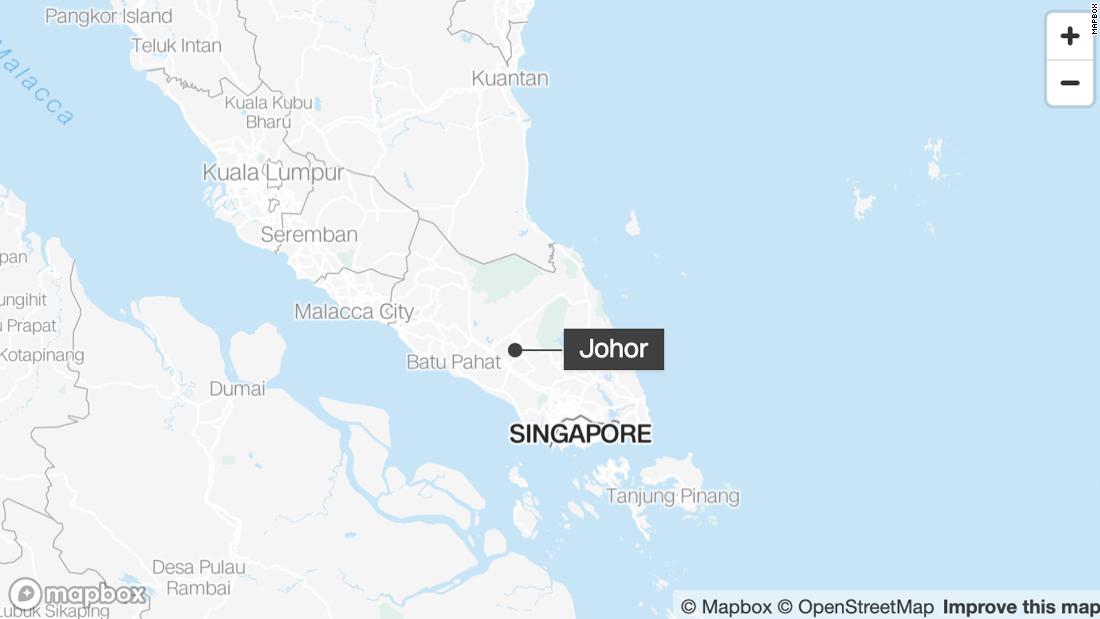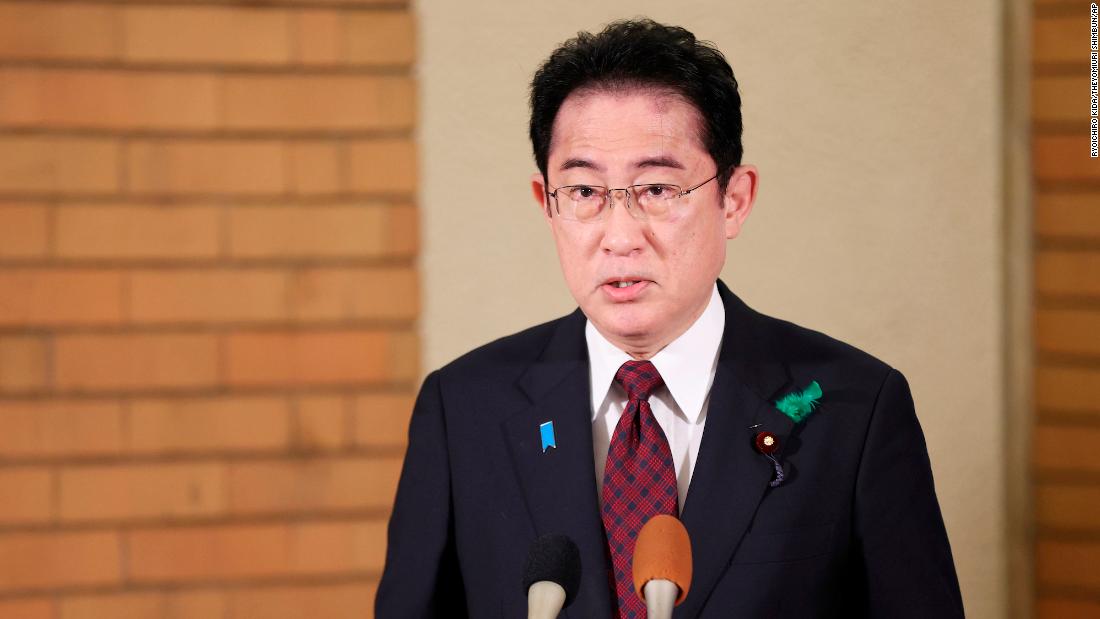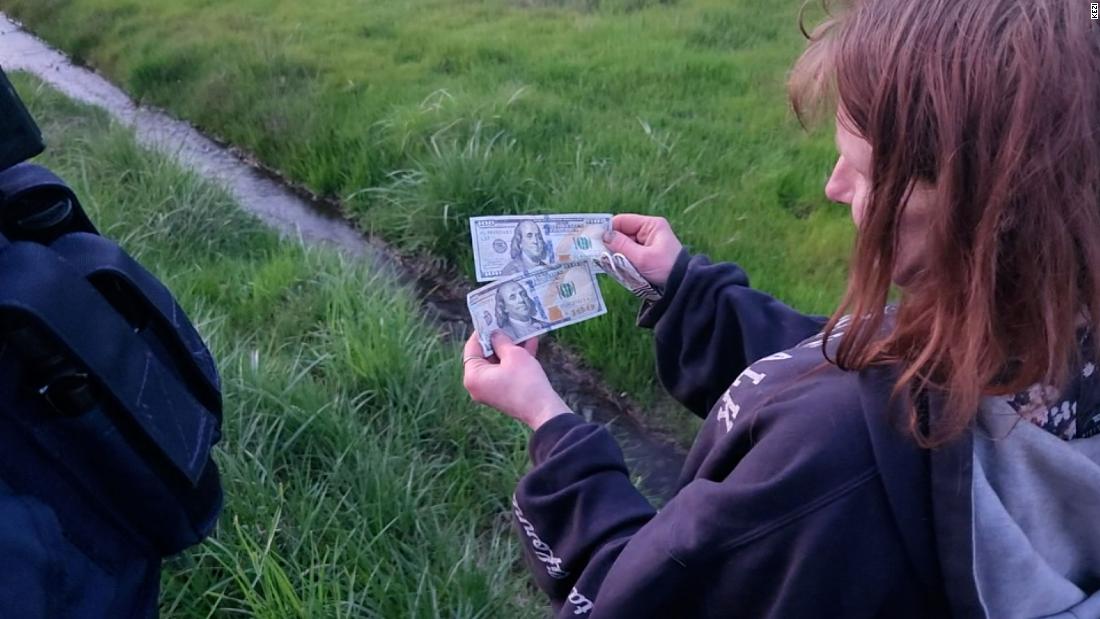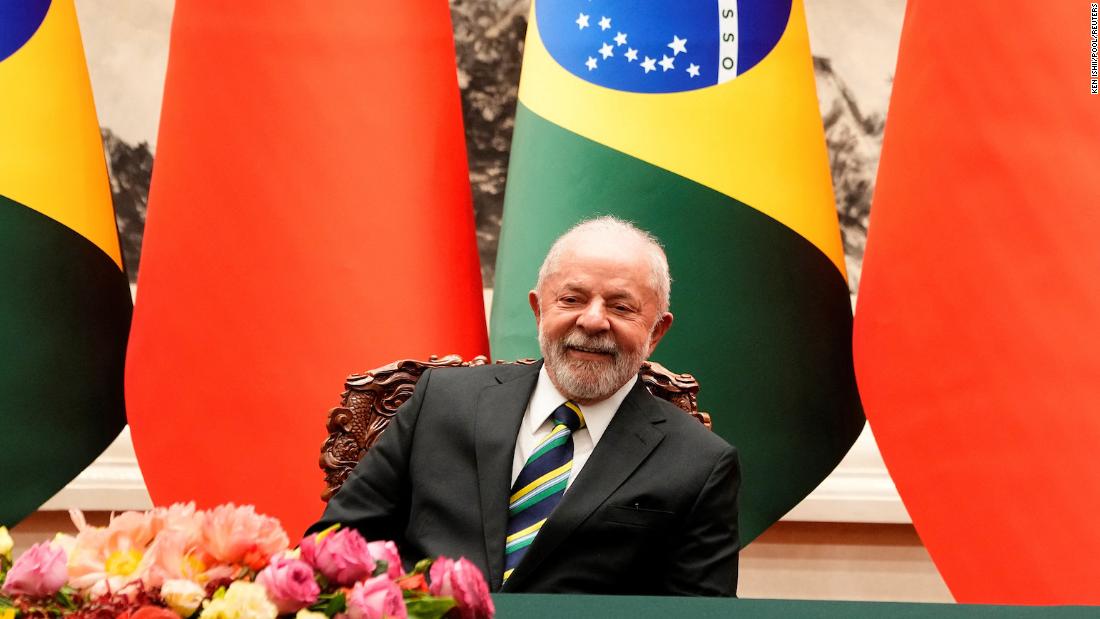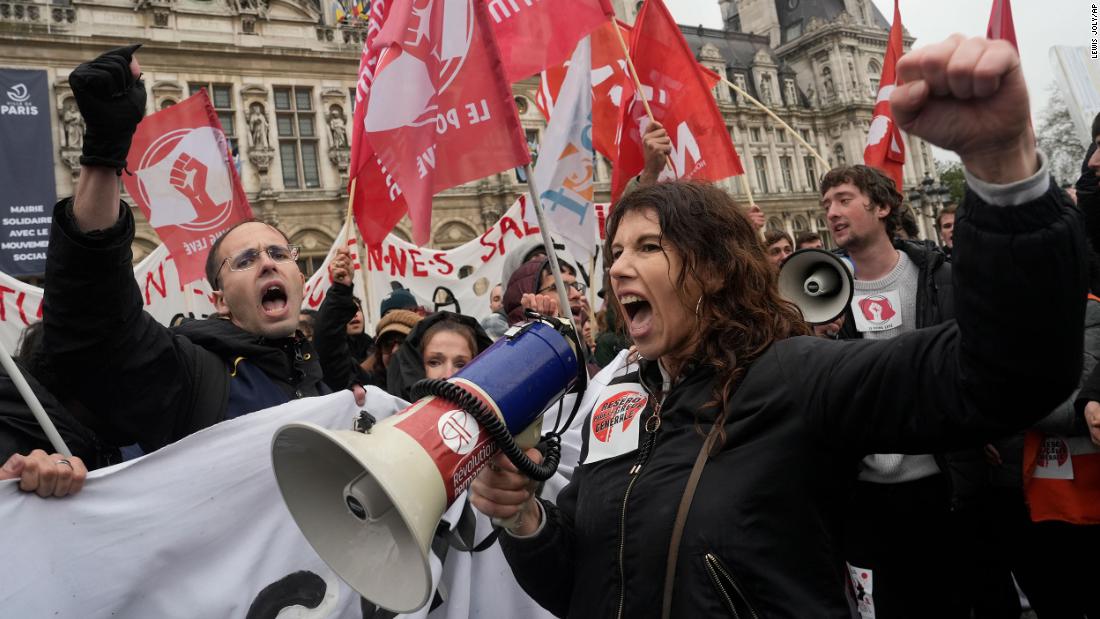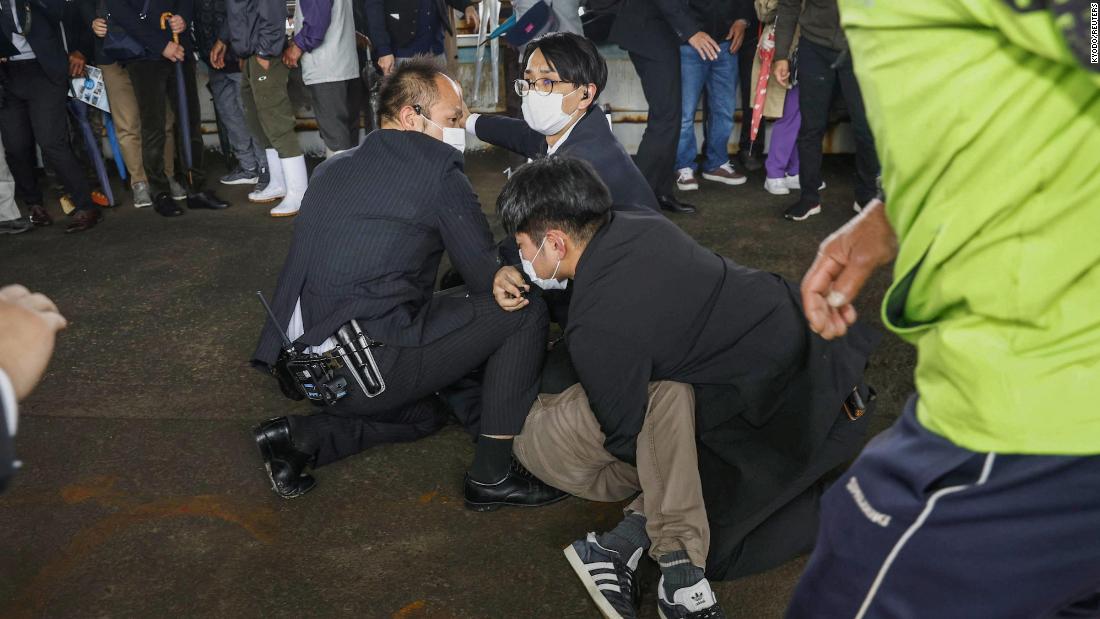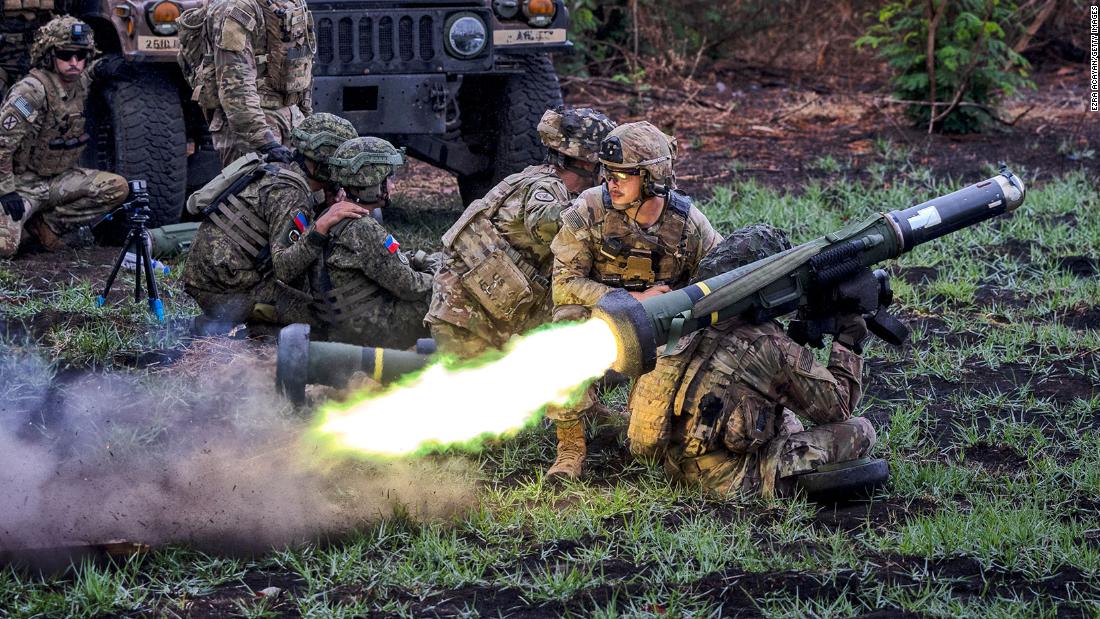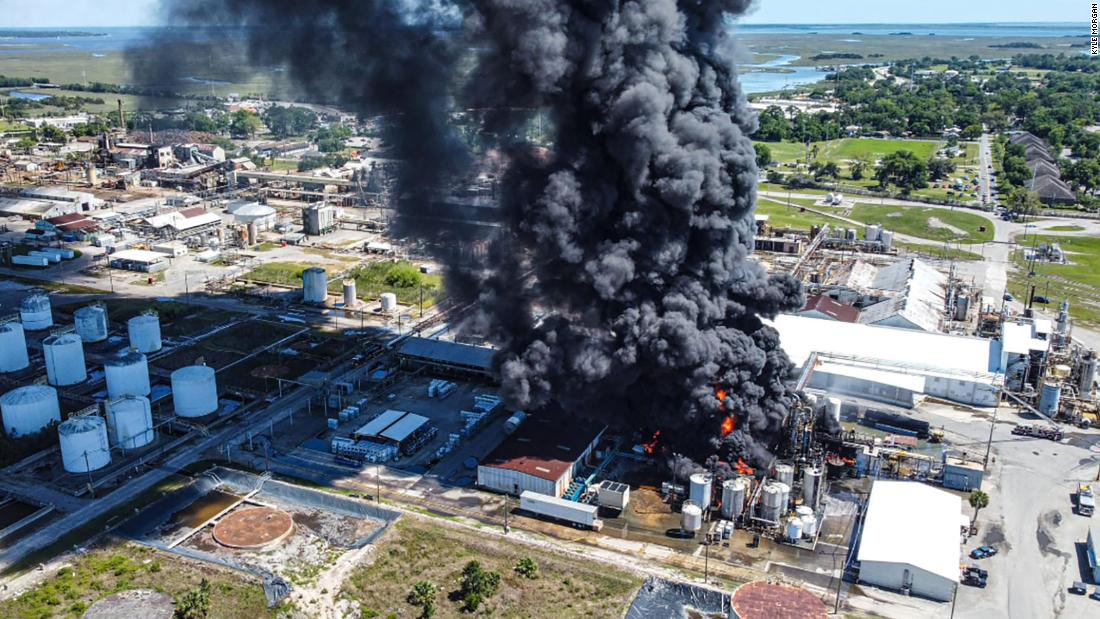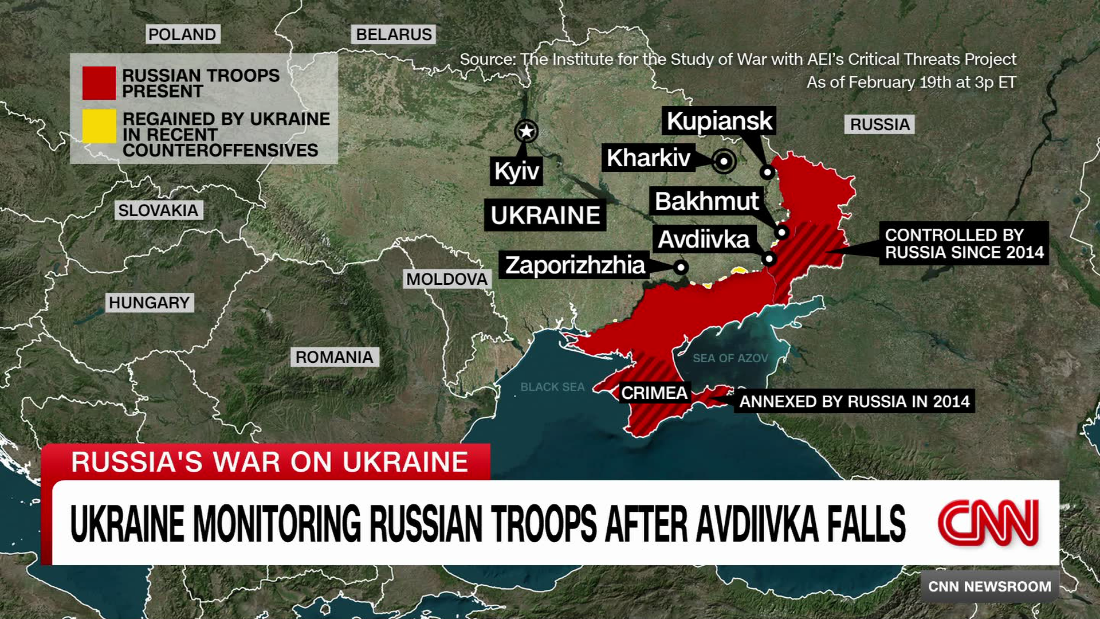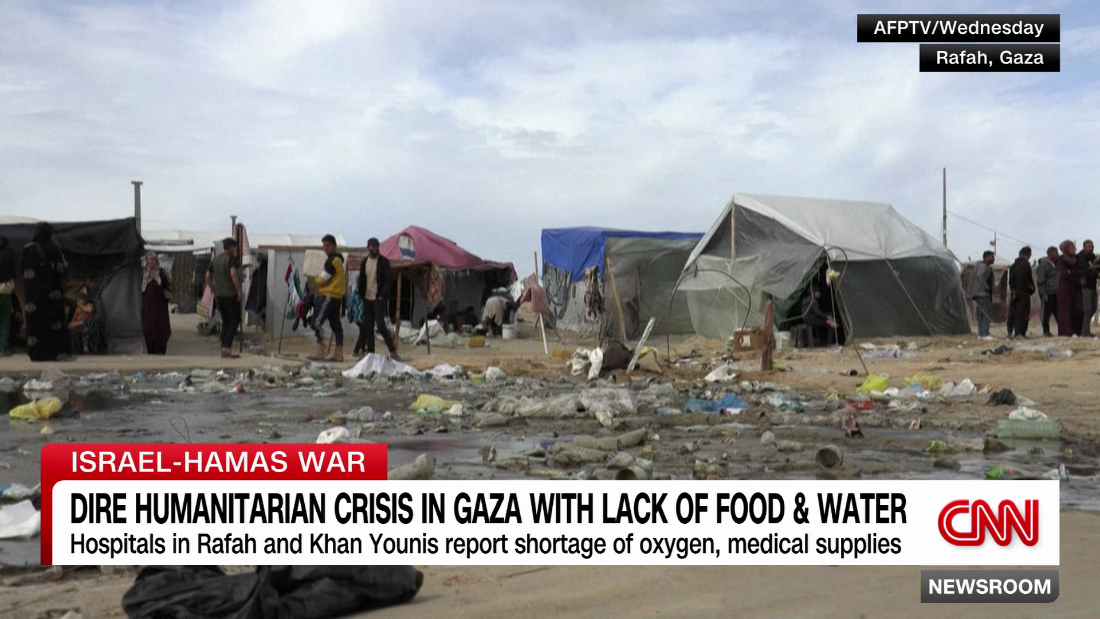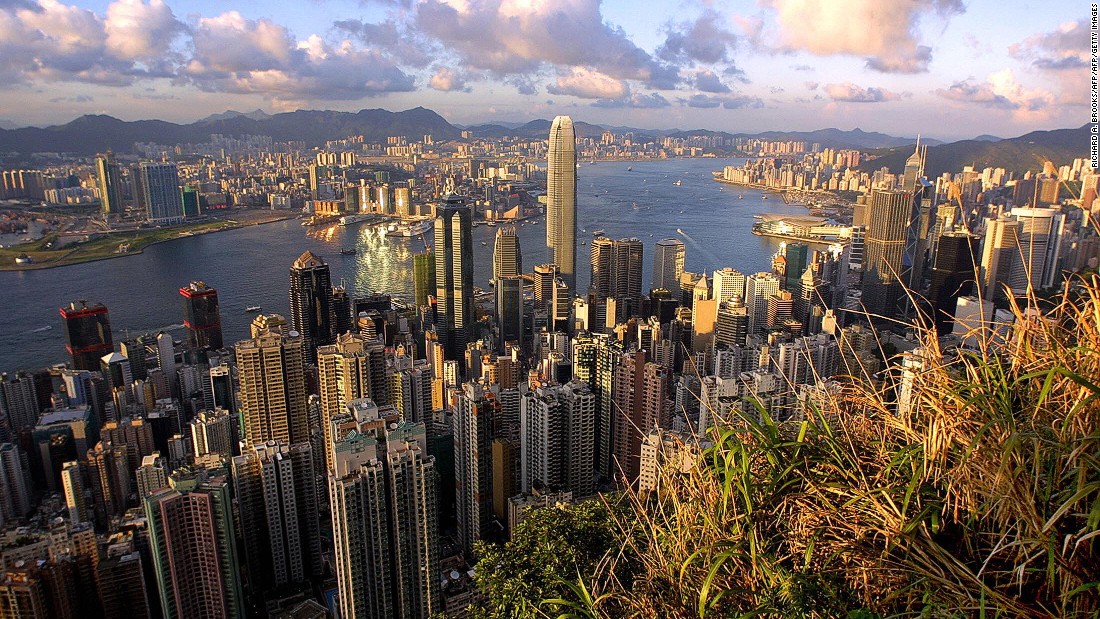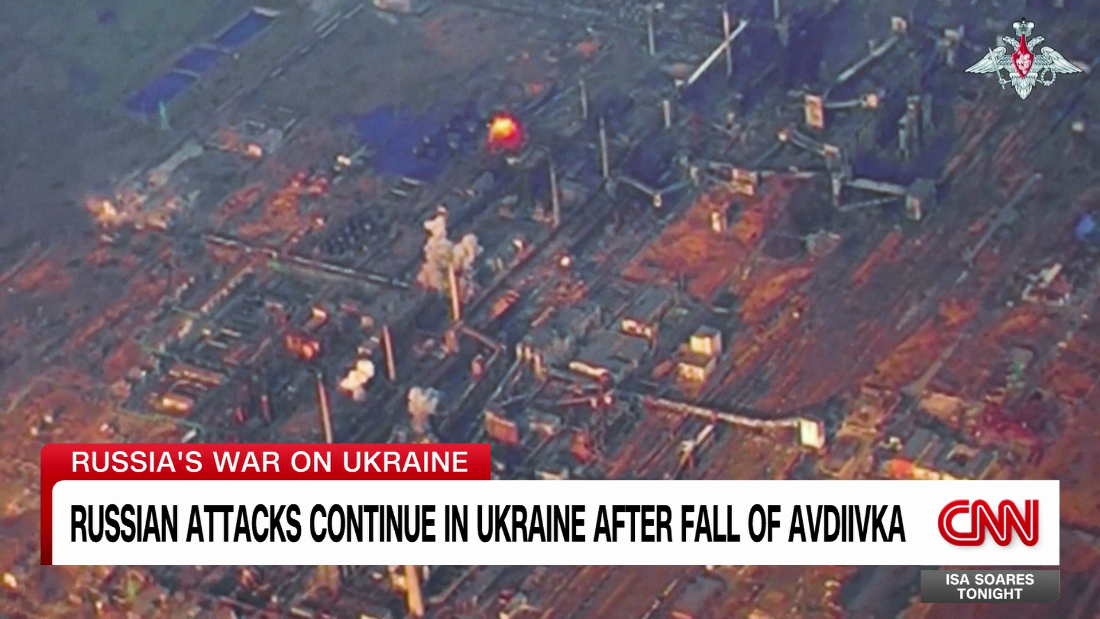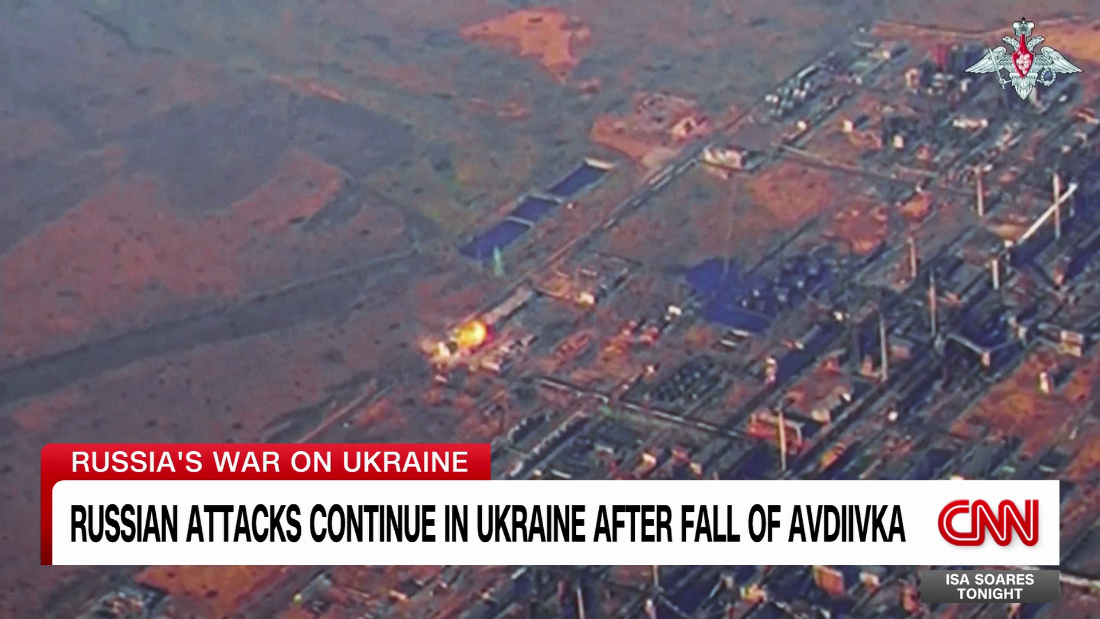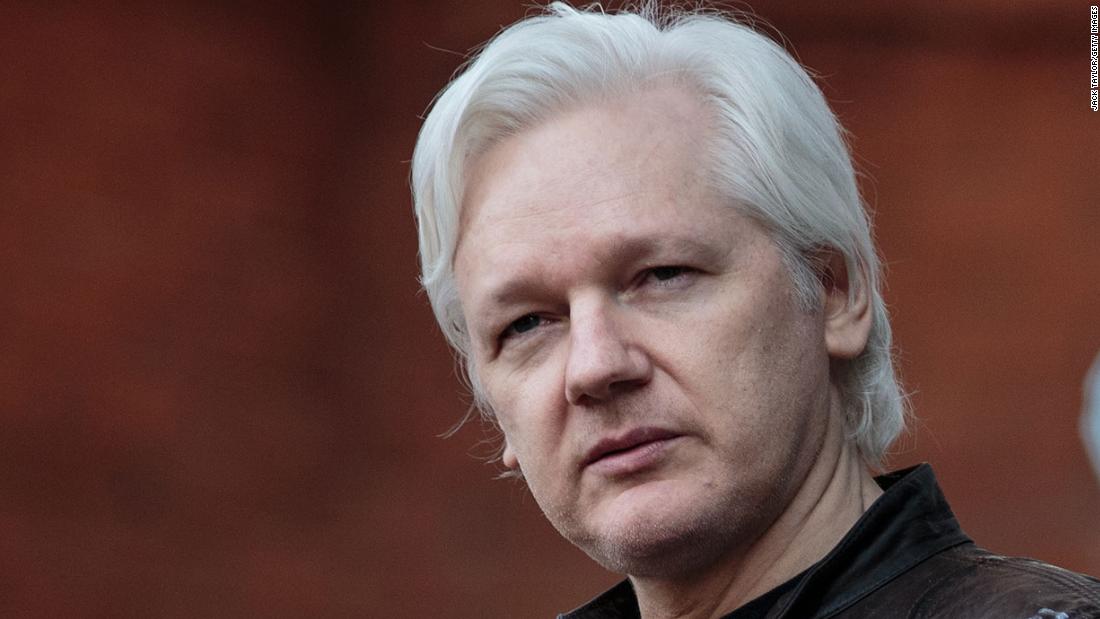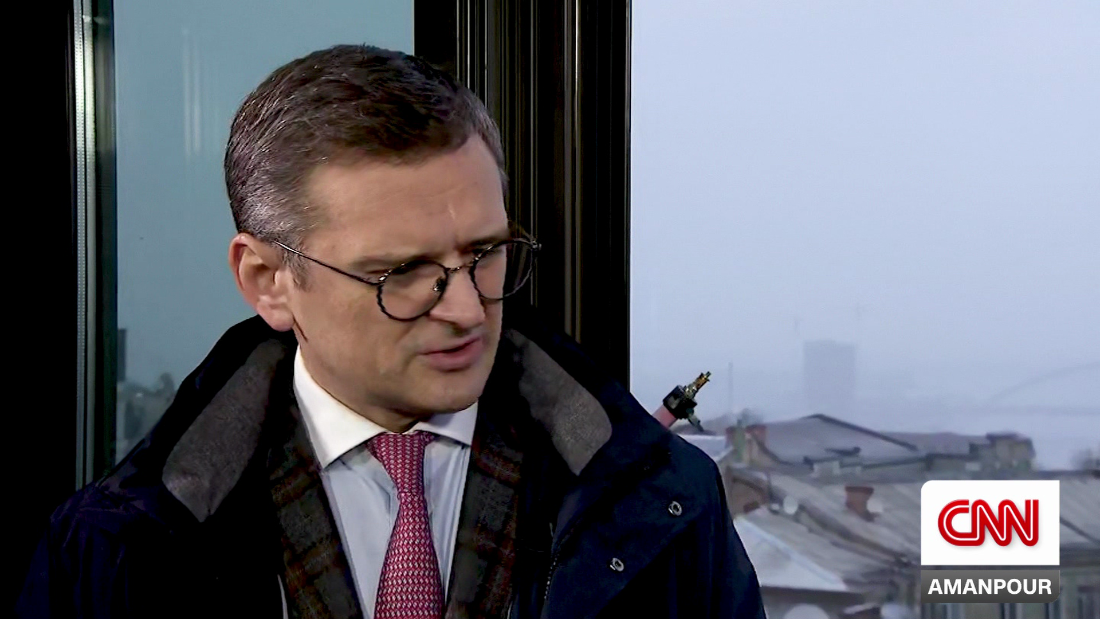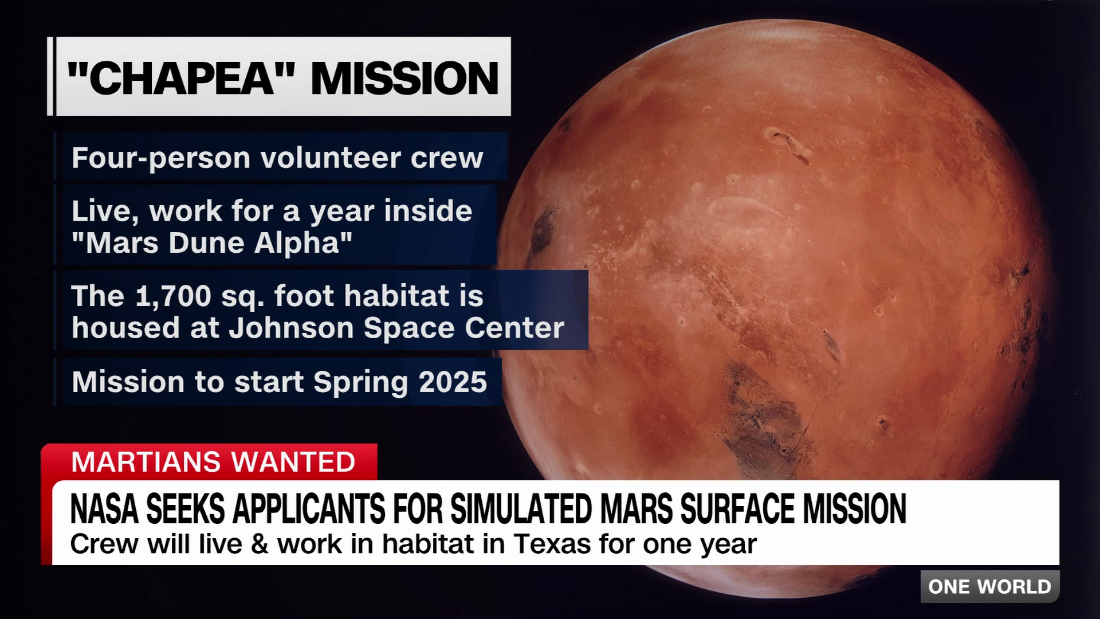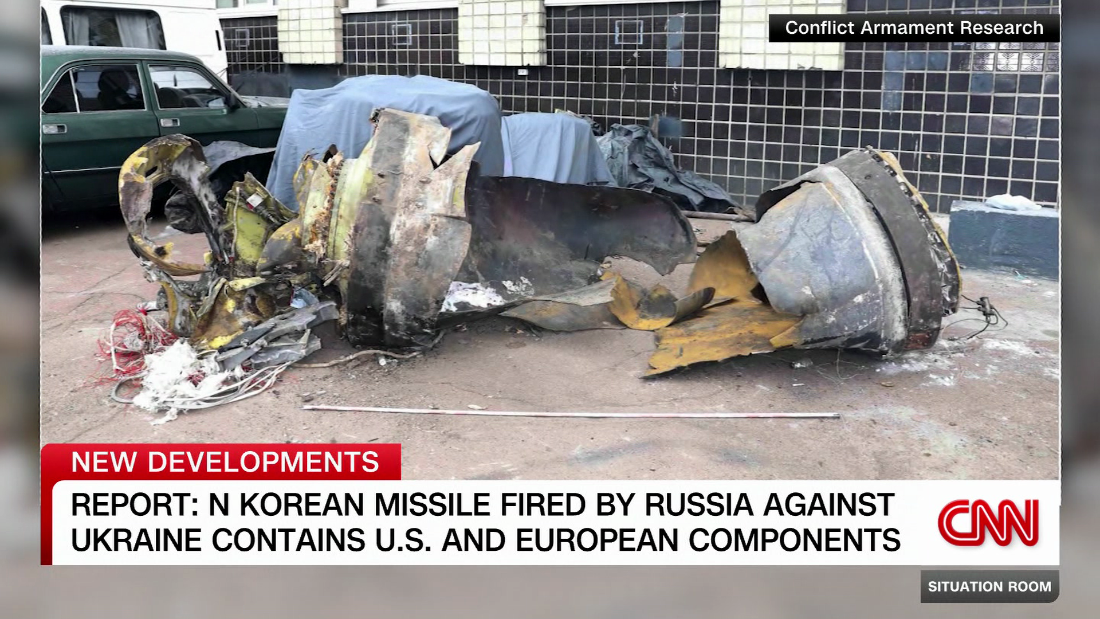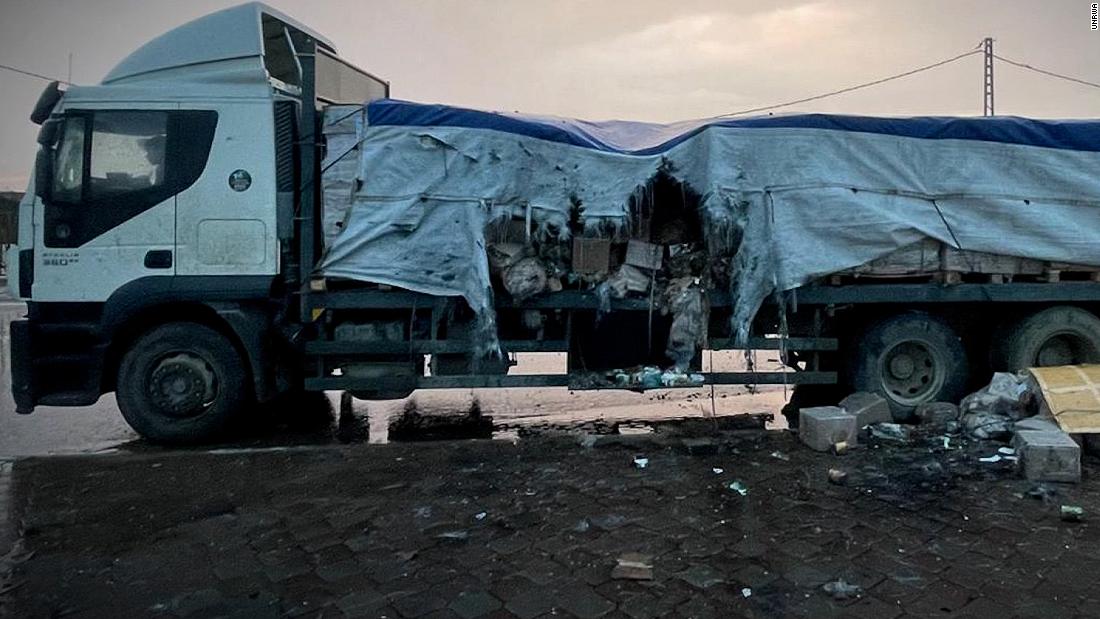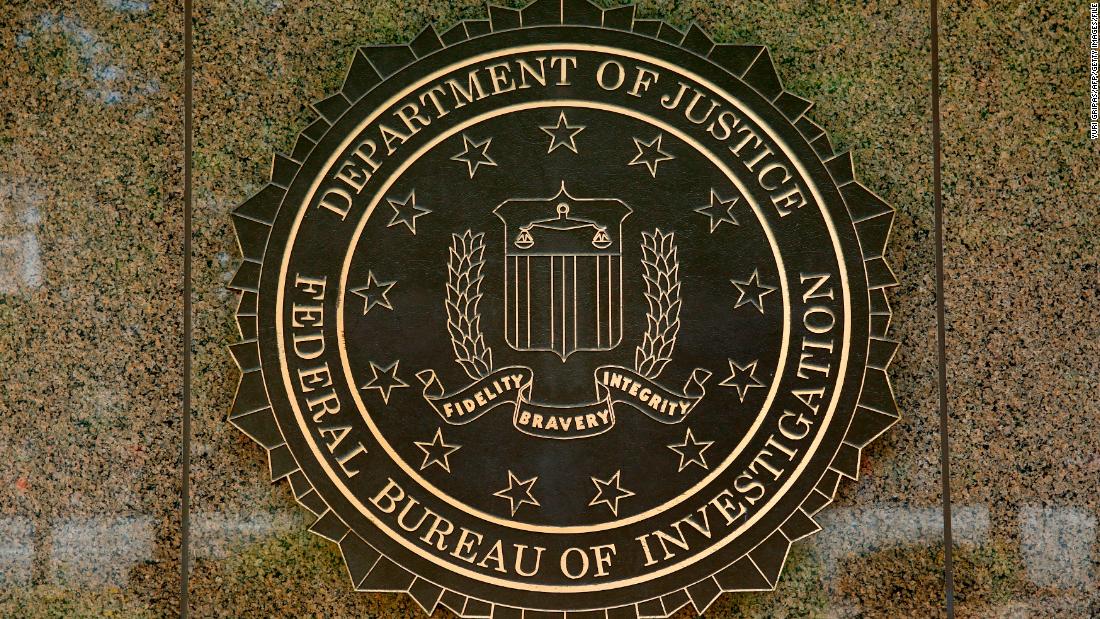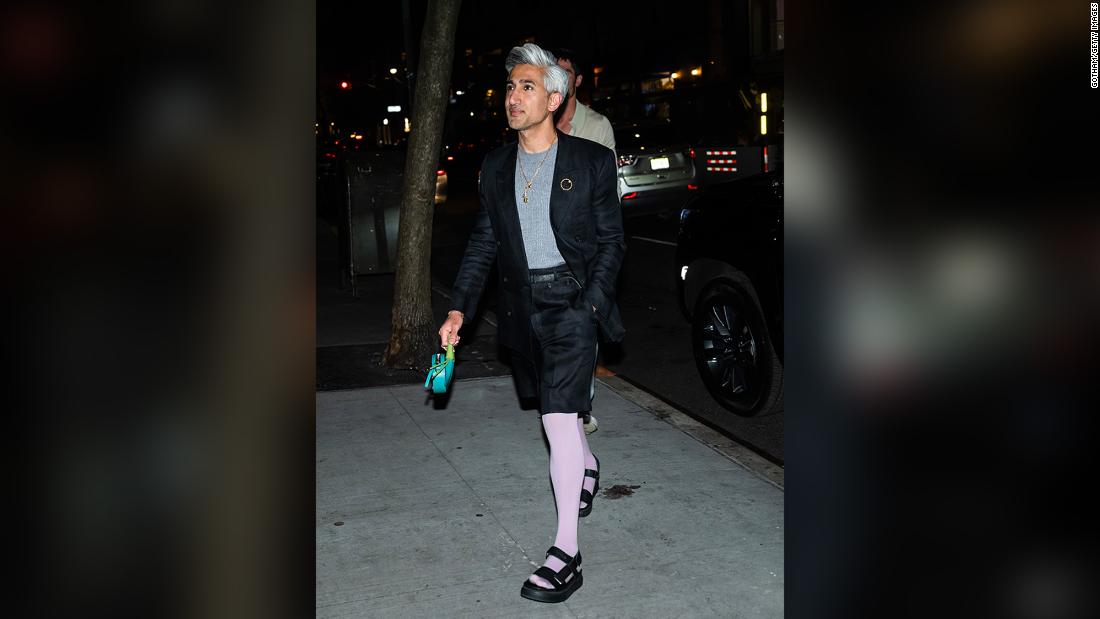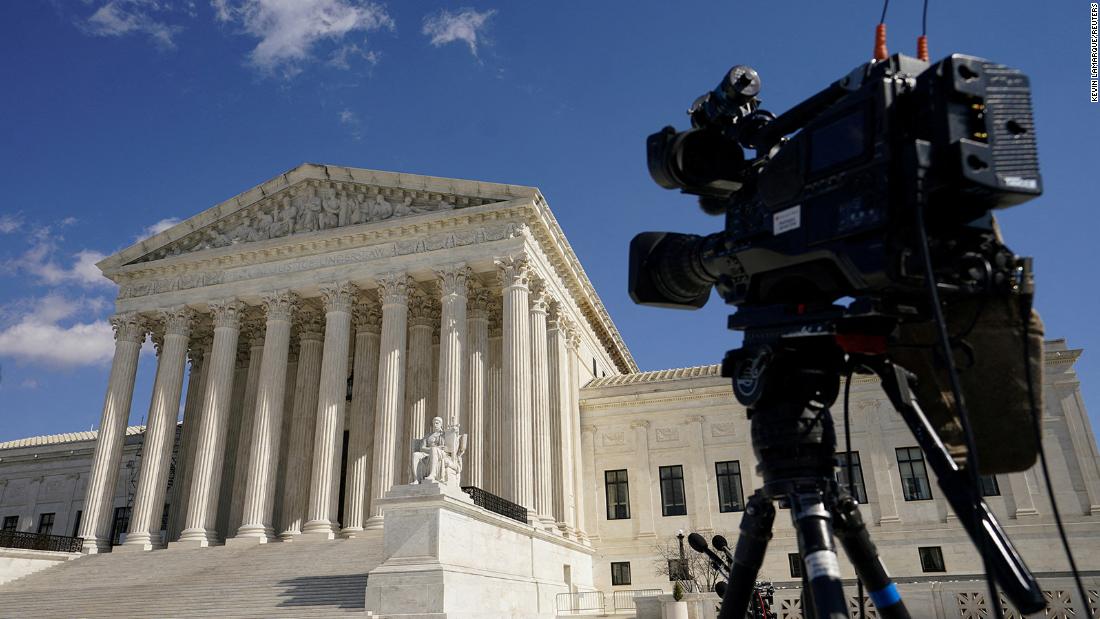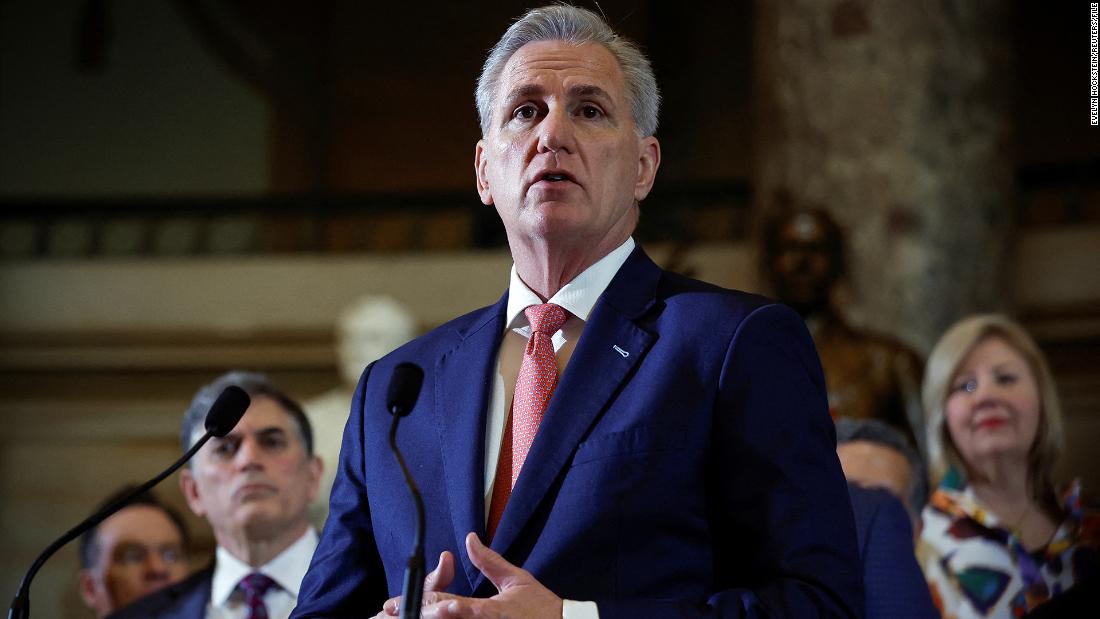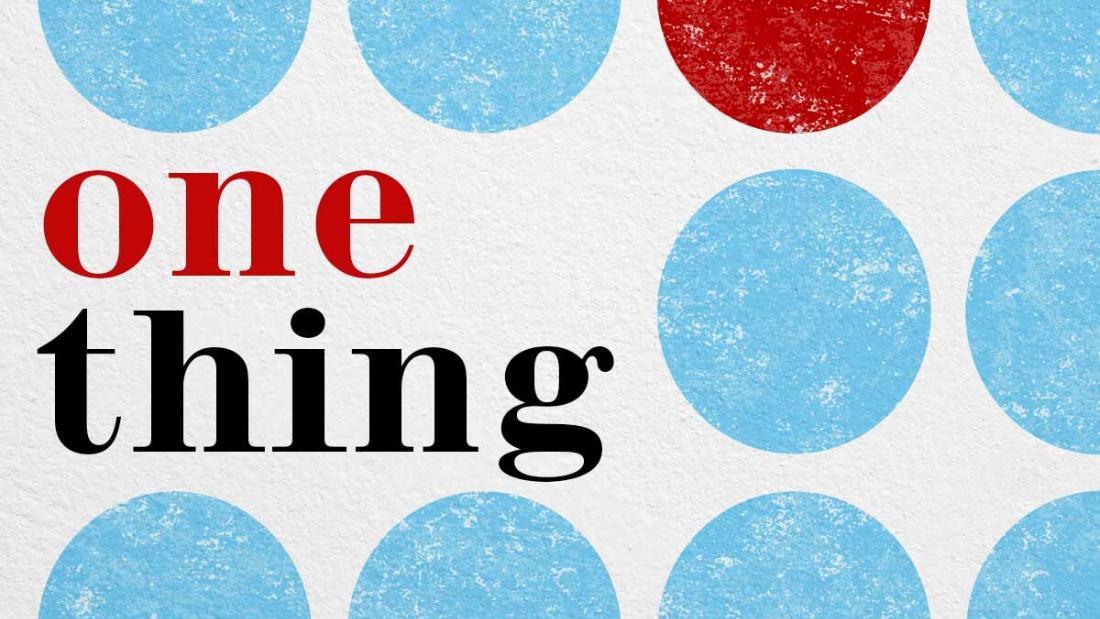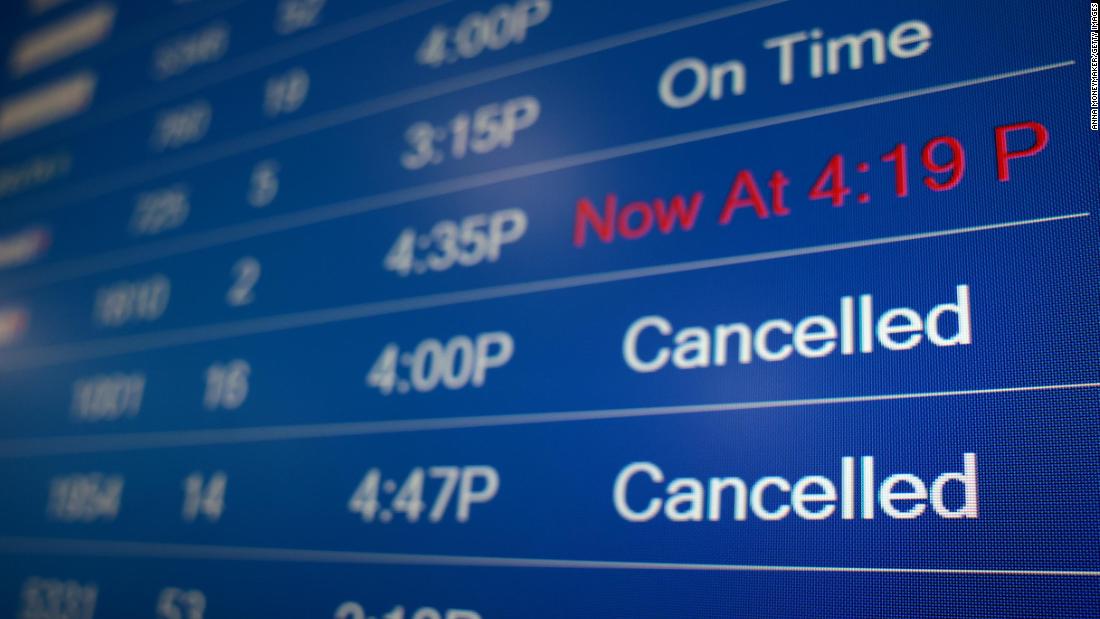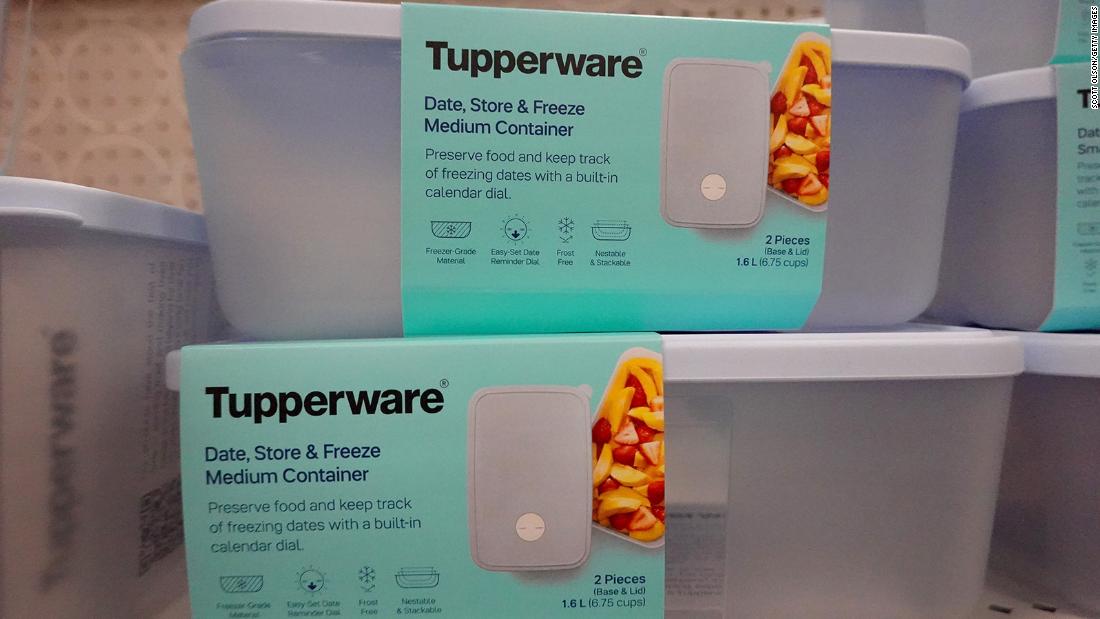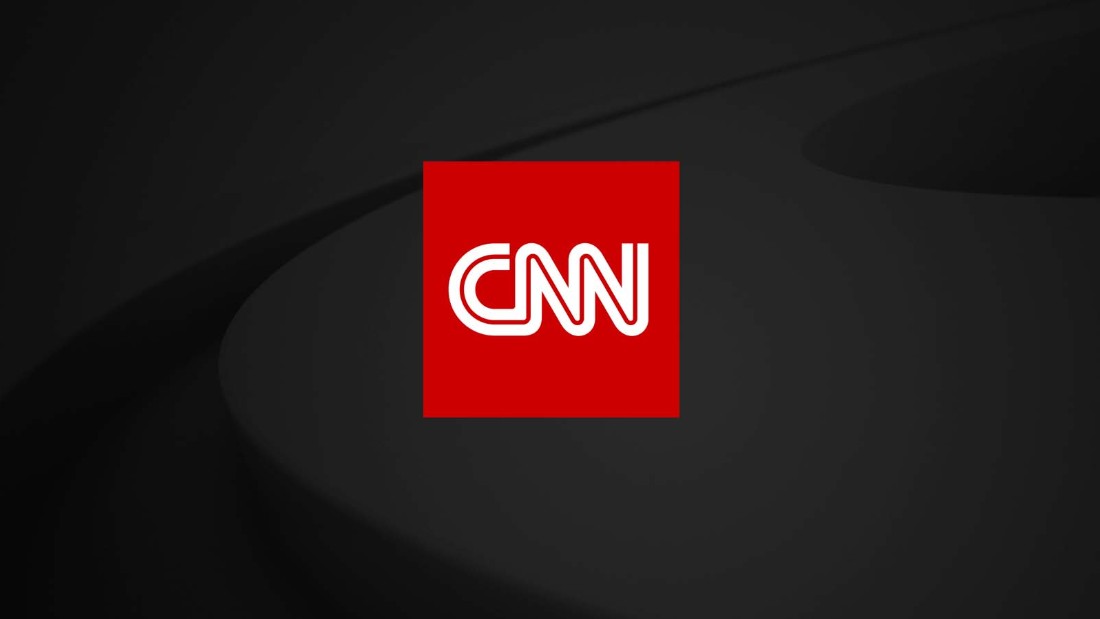TO see how markets have reacted to Donald Trump’s declaration of trade war you would have thought no government had ever thought of imposing tariffs before.
There seems to be a growing idea that the world is heading back to the 1930s when protectionist governments tried to defend their economies but ended up making the Great Depression deeper than it would otherwise have been.
AFPTrump’s trade war tariffs may be a gut punch – but they have left Britain in a surprisingly good position[/caption]
PAStarmer is not being naïve to hold out the possibility that it might still be possible to do a deal with the Trump administration[/caption]
But as US President F D Roosevelt said back then, the only thing we have to fear is fear itself. When people panic, dump their investments and stop spending money, recession becomes a self-fulfilling prophecy.
To be sure, Trump’s tariffs are a gut punch to many exporters around the world who will now find themselves struggling to sell their wares in the world’s richest market.
They will also prove to be a hefty blow for US consumers and manufacturers.
The former will see themselves having to pay more for the chance to buy the goods they crave, and the latter will see production costs raised thanks to tariffs on parts and raw materials sourced from abroad.
TRADE WAR THREAT
The US faces a sharp revival of inflation, although the effects on households might be mitigated to some extent if Trump uses revenue from his tariffs to lower other taxes.
The first reaction of many governments has been to threaten retaliation. European Commission President Ursula von der Leyen lost no time in telling us a package of retaliatory tariffs was being finalised — although it later emerged that the EU will wait for several weeks before deciding how to respond.
So far, our own Prime Minister has kept an admirably cool head. While erecting our own tariff barriers against US goods might seem tempting, it would merely serve to harm our own consumers and industries.
Nearly a third of the goods, by value, that we imported from the US in 2023 were fossil fuels — £18.7billion of them. Since the Ukraine war, we have become especially dependent on shale gas imported in liquified form by refrigerated ship.
Would we really want the ||Government to trigger another energy price crisis by slapping a universal tariff on US imports?
We also import a lot of machinery from the US. Do we want the Government to push up the price of food by increasing the cost of tractors and combine harvesters, and to make life even more difficult for our remaining manufacturers?
A far better strategy for Britain is to avoid ruffling the Trump administration’s feathers and to benefit from the fact we have been hit with the lowest rate of tariffs on Trump’s list.
With our US exports being subjected to ten per cent — half the level imposed on the EU — Britain has suddenly become a relatively good place for European manufacturers to locate their plants.
It is not quite the post-Brexit “trade deal” we hoped for, but it gives us an advantage, nonetheless.
Starmer is not being naive to hold out the possibility that it might still be possible to do a deal with the Trump administration and cut the ten per cent tariffs.
No one really knows what Trump’s end game is regarding tariffs, possibly not even himself. But those with longer memories may recall how the President threatened trade war during his first term, and did impose 25 per cent tariffs on steel imports.
Yet a few months later, he was asking leaders at a G7 summit: Why not go to zero tariffs?
His threat of trade war was a shock negotiating tactic by which he hoped to free up trade rather than close it down.
Is that what he plans this time around? No one really knows, but it shouldn’t be ruled out that countries will sit down with the Trump administration and agree to lower some of their trade barriers in exchange for Trump dismantling some of his. As Trump said on Wednesday, tariffs are not the only obstacle to free trade.
Worse, in many ways, are “non-tariff barriers” — which ban the import of certain goods on the false pretext of public safety.
One mentioned by the US President this week is the EU’s infamous ban on chlorine-washed chicken from the US — which is quite bizarre given that the EU is happy for salad producers to wash their goods in chlorinated water.
One of the remarkable things this week is the sudden conversion to free trade of many anti-Brexiteers who, a couple of years ago, were dead against a trade deal with the US, which they said would damage our industries.
France recently squashed an EU trade deal with South America on the grounds that it did not want extra competition for its farmers.
And yet now Macron’s government protests bitterly about Trump’s tariffs.
If we want to enjoy the benefits of free trade, which almost always makes countries richer when it is allowed, there has to be give and take on both sides.
Trump may have hurt the US and global economy with his punitive tariffs, but his shock tactics have at least awakened the world to the protectionist policies followed by most governments, including our own.
If this week’s events lead to a realisation that Trump is not the only offender on trade barriers, some good may yet come of them.
President Trump’s Reciprocal Tariffs
Reciprocal tariffs per country, which includes the 10% baseline fee:
China: charges the US 67% tariffs, the US will counter with 34% reciprocal tariffs.
European Union: charges the US 39% tariffs, the US will counter with 20% reciprocal tariffs.
Vietnam: charges the US 90% tariffs, the US will counter with 46% reciprocal tariffs.
Taiwan: charges the US 64% tariffs, the US will counter with 32% reciprocal tariffs.
Japan: charges the US 46% tariffs, the US will counter with 24% reciprocal tariffs.
India: charges the US 52% tariffs, the US will counter with 26% reciprocal tariffs.
South Korea: charges the US 50% tariffs, the US will counter with 25% reciprocal tariffs.
Thailand: charges the US 72% tariffs, the US will counter with 36% reciprocal tariffs.
Switzerland: charges the US 61% tariffs, the US will counter with 31% reciprocal tariffs.
Indonesia: charges the US 61% tariffs, the US will counter with 32% reciprocal tariffs.
Malaysia: charges the US 47% tariffs, the US will counter with 24% reciprocal tariffs.
Cambodia: charges the US 97% tariffs, the US will counter with 49% reciprocal tariffs.
United Kingdom: charges the US 10% tariffs, the US will counter with 10% reciprocal tariffs.
South Africa: charges the US 60% tariffs, the US will counter with 30% reciprocal tariffs.
Brazil: charges the US 10% tariffs, the US will counter with 10% reciprocal tariffs.
Bangladesh: charges the US 74% tariffs, the US will counter with 37% reciprocal tariffs.
Singapore: charges the US 10% tariffs, the US will counter with 10% reciprocal tariffs.
Israel: charges the US 33% tariffs, the US will counter with 17% reciprocal tariffs.
Philippines: charges the US 34% tariffs, the US will counter with 17% reciprocal tariffs.
Chile: charges the US 10% tariffs, the US will counter with 10% reciprocal tariffs.
Australia: charges the US 10% tariffs, the US will counter with 10% reciprocal tariffs.
Pakistan: charges the US 58% tariffs, the US will counter with 29% reciprocal tariffs.
Turkey: charges the US 10% tariffs, the US will counter with 10% reciprocal tariffs.
Sri Lanka: charges the US 88% tariffs, the US will counter with 44% reciprocal tariffs.
Colombia: charges the US 10% tariffs, the US will counter with 10% reciprocal tariffs.
Peru: charges the US 10% tariffs, the US will counter with 10% reciprocal tariffs.
Nicaragua: charges the US 36% tariffs, the US will counter with 18% reciprocal tariffs.
Norway: charges the US 30% tariffs, the US will counter with 15% reciprocal tariffs.
Costa Rica: charges the US 17% tariffs, the US will counter with 10% reciprocal tariffs.
Jordan: charges the US 40% tariffs, the US will counter with 20% reciprocal tariffs.
Dominican Republic: charges the US 10% tariffs, the US will counter with 10% reciprocal tariffs.
United Arab Emirates: charges the US 10% tariffs, the US will counter with 10% reciprocal tariffs.
New Zealand: charges the US 20% tariffs, the US will counter with 10% reciprocal tariffs.
Argentina: charges the US 10% tariffs, the US will counter with 10% reciprocal tariffs.
Ecuador: charges the US 12% tariffs, the US will counter with 10% reciprocal tariffs.
Guatemala: charges the US 10% tariffs, the US will counter with 10% reciprocal tariffs.
Honduras: charges the US 10% tariffs, the US will counter with 10% reciprocal tariffs.
Myanmar (Burma): charges the US 88% tariffs, the US will counter with 44% reciprocal tariffs.
Tunisia: charges the US 55% tariffs, the US will counter with 28% reciprocal tariffs.
Kazakhstan: charges the US 54% tariffs, the US will counter with 27% reciprocal tariffs.
Serbia: charges the US 74% tariffs, the US will counter with 37% reciprocal tariffs.
Egypt: charges the US 10% tariffs, the US will counter with 10% reciprocal tariffs.
Saudi Arabia: charges the US 10% tariffs, the US will counter with 10% reciprocal tariffs.
El Salvador: charges the US 10% tariffs, the US will counter with 10% reciprocal tariffs.
Côte d’Ivoire: charges the US 41% tariffs, the US will counter with 21% reciprocal tariffs.
Laos: charges the US 95% tariffs, the US will counter with 48% reciprocal tariffs.
Botswana: charges the US 74% tariffs, the US will counter with 37% reciprocal tariffs.
Trinidad and Tobago: charges the US 12% tariffs, the US will counter with 10% reciprocal tariffs.
Morocco: charges the US 10% tariffs, the US will counter with 10% reciprocal tariffs.
Moldova: charges the US 61% tariffs, the US will counter with 31% reciprocal tariffs.
Angola: charges the US 63% tariffs, the US will counter with 32% reciprocal tariffs.
Democratic Republic of the Congo: charges the US 22% tariffs, the US will counter with 11% reciprocal tariffs.
Jamaica: charges the US 10% tariffs, the US will counter with 10% reciprocal tariffs.
Mozambique: charges the US 31% tariffs, the US will counter with 16% reciprocal tariffs.
Paraguay: charges the US 10% tariffs, the US will counter with 10% reciprocal tariffs.
Zambia: charges the US 33% tariffs, the US will counter with 17% reciprocal tariffs.
Lebanon: charges the US 10% tariffs, the US will counter with 10% reciprocal tariffs.
Tanzania: charges the US 10% tariffs, the US will counter with 10% reciprocal tariffs.
Iraq: charges the US 78% tariffs, the US will counter with 39% reciprocal tariffs.
Georgia: charges the US 10% tariffs, the US will counter with 10% reciprocal tariffs.
Senegal: charges the US 10% tariffs, the US will counter with 10% reciprocal tariffs.
Azerbaijan:charges the US 10% tariffs, the US will counter with 10% reciprocal tariffs.
Cameroon: charges the US 22% tariffs, the US will counter with 11% reciprocal tariffs.
Uganda: charges the US 20% tariffs, the US will counter with 10% reciprocal tariffs.
Albania: charges the US 10% tariffs, the US will counter with 10% reciprocal tariffs.
Armenia: charges the US 10% tariffs, the US will counter with 10% reciprocal tariffs.
Nepal: charges the US 10% tariffs, the US will counter with 10% reciprocal tariffs.
Sint Maarten: charges the US 10% tariffs, the US will counter with 10% reciprocal tariffs.
Falkland Islands: charges the US 82% tariffs, the US will counter 41% with reciprocal tariffs.
Gabon: charges the US 10% tariffs, the US will counter with 10% reciprocal tariffs.
Kuwait: charges the US 10% tariffs, the US will counter with 10% reciprocal tariffs.
Togo: charges the US 10% tariffs, the US will counter with 10% reciprocal tariffs.
Suriname: charges the US 10% tariffs, the US will counter with 10% reciprocal tariffs.
Belize: charges the US 10% tariffs, the US will counter with 10% reciprocal tariffs.
Algeria: charges the US 59% tariffs, the US will counter with 30% reciprocal tariffs.
Oman: charges the US 10& tariffs, the US will counter with 10% reciprocal tariffs.
Uruguay: charges the US 10% tariffs, the US will counter with 10% reciprocal tariffs.
Bahamas: charges the US 10% tariffs, the US will counter with 10% reciprocal tariffs.
Lesotho: charges the US 99% tariffs, the US will counter with 55% reciprocal tariffs.
Ukraine: charges the US 10% tariffs, the US will counter with 10% reciprocal tariffs.
Bahrain: charges the US 10% tariffs, the US will counter with 10% reciprocal tariffs.
Qatar: charges the US 10% tariffs, the US will counter with 10% reciprocal tariffs.
Mauritius: charges the US 80% tariffs, the US will counter with 40% reciprocal tariffs.
Fiji: charges the US 63% tariffs, the US will counter with 32% reciprocal tariffs.
Iceland: charges the US 10% tariffs, the US will counter with 10% reciprocal tariffs.
Kenya: charges the US 10% tariffs, the US will counter with 10% reciprocal tariffs.
Liechtenstein: charges the US 73% tariffs, the US will counter with 37% reciprocal tariffs.
Guyana: charges the US 76% tariffs, the US will counter with 38% reciprocal tariffs.
Haiti: charges the US 10% tariffs, the US will counter with 10% reciprocal tariffs.
Bosnia and Herzegovina: charges the US 70% tariffs, the US will counter with 35% reciprocal tariffs.
Nigeria: charges the US 27% tariffs, the US will counter with 14% reciprocal tariffs.
Namibia: charges the US 42% tariffs, the US will counter with 21% reciprocal tariffs.
Brunei: charges the US 47% tariffs, the US will counter with 24% reciprocal tariffs.
Bolivia: charges the US 20% tariffs, the US will counter with 10% reciprocal tariffs.
Panama: charges the US 10% tariffs, the US will counter with 10% reciprocal tariffs.
Venezuela: charges the US 29% tariffs, the US will counter with 15% reciprocal tariffs.
North Macedonia: charges the US 65% tariffs, the US will counter 33% with reciprocal tariffs.
Ethiopia: charges the US 10% tariffs, the US will counter with 10% reciprocal tariffs.
Ghana: charges the US 17% tariffs, the US will counter with 10% reciprocal tariffs.
The full list was shared by The White House’s rapid response team on X.
Published: [#item_custom_pubDate]














